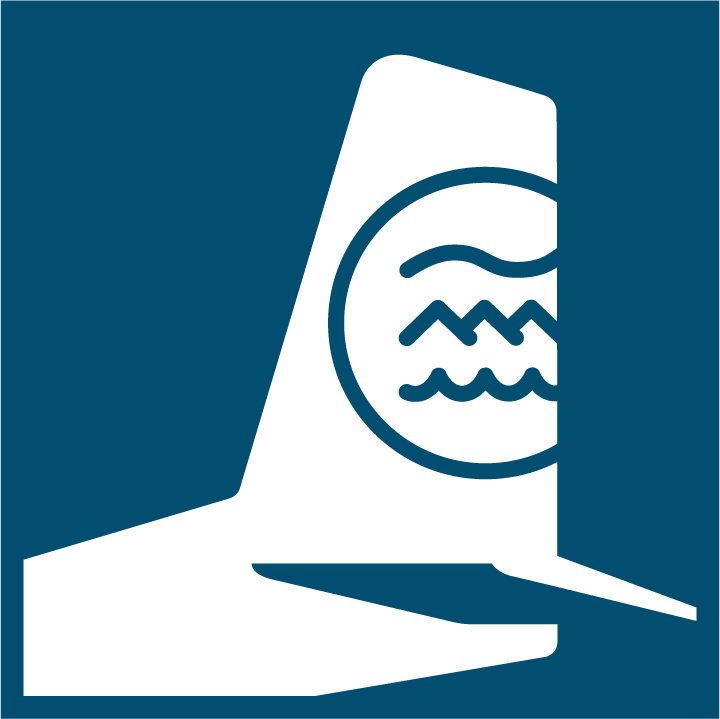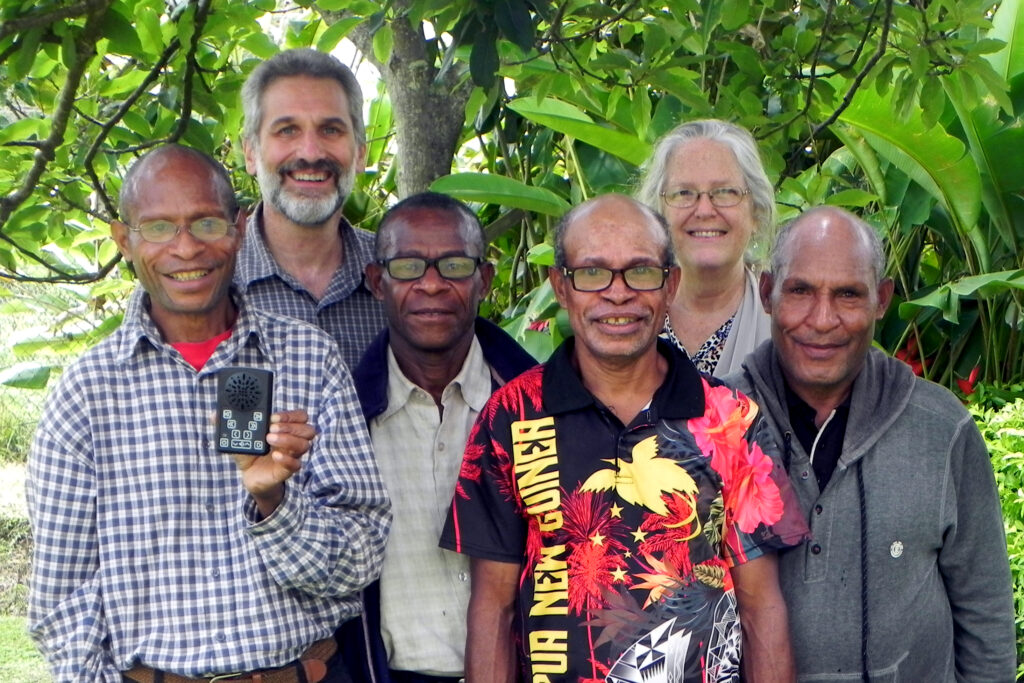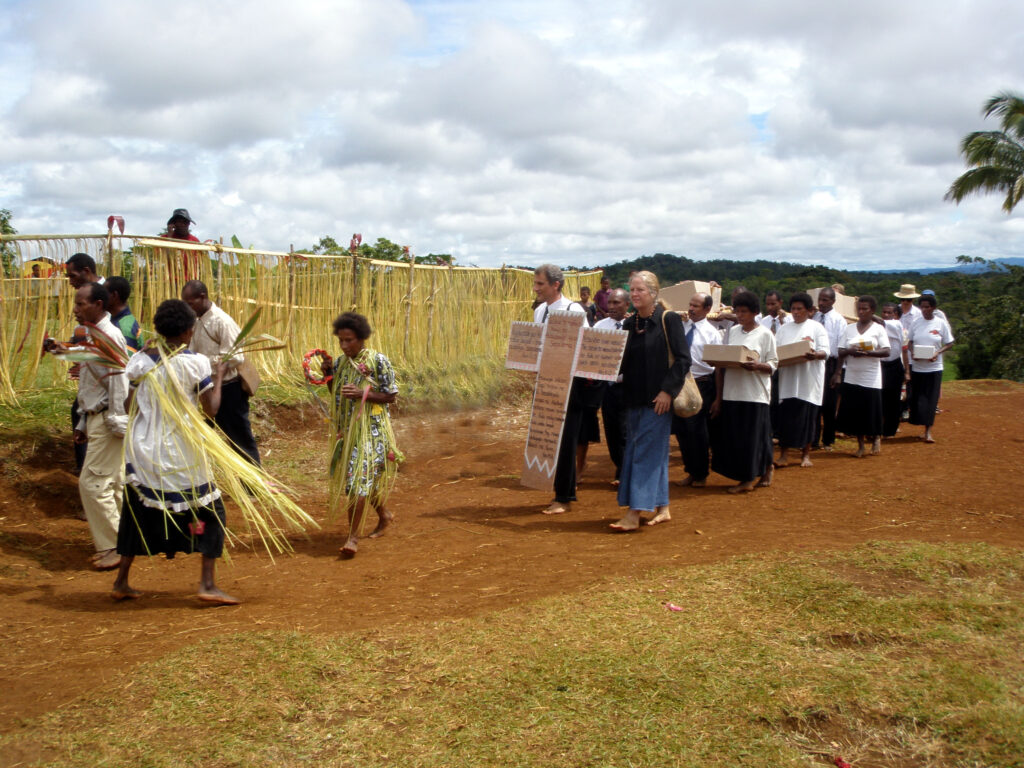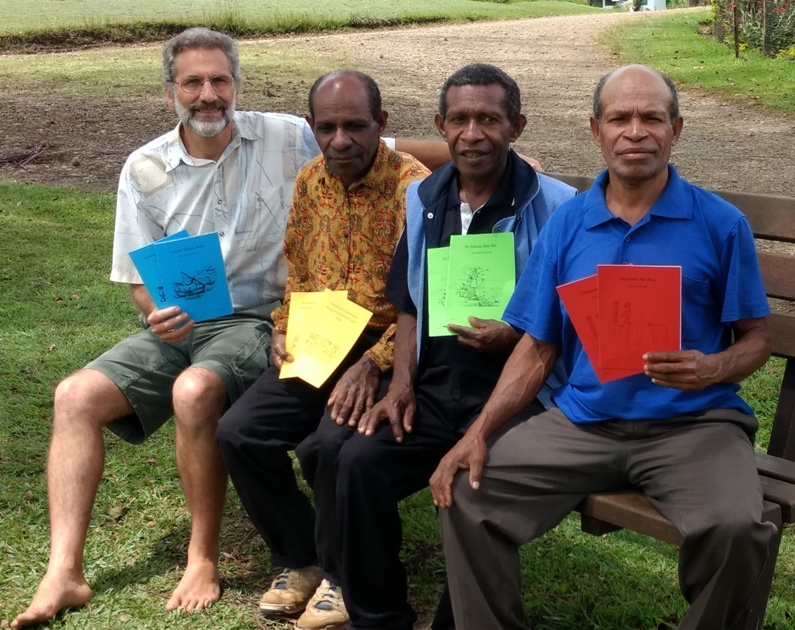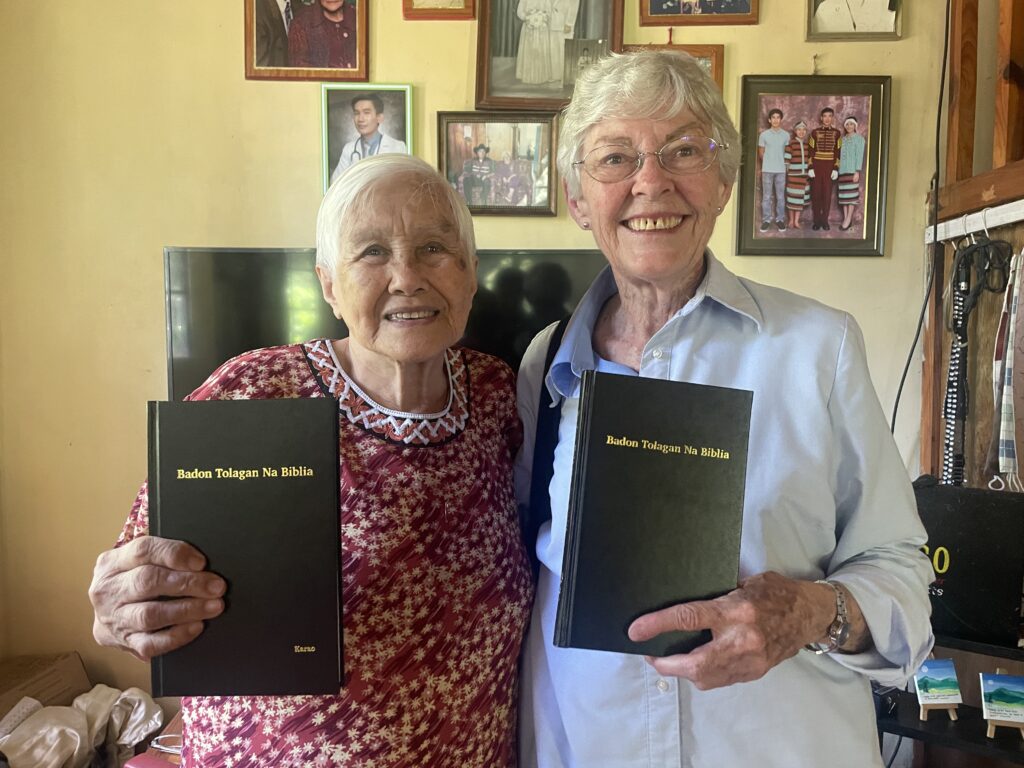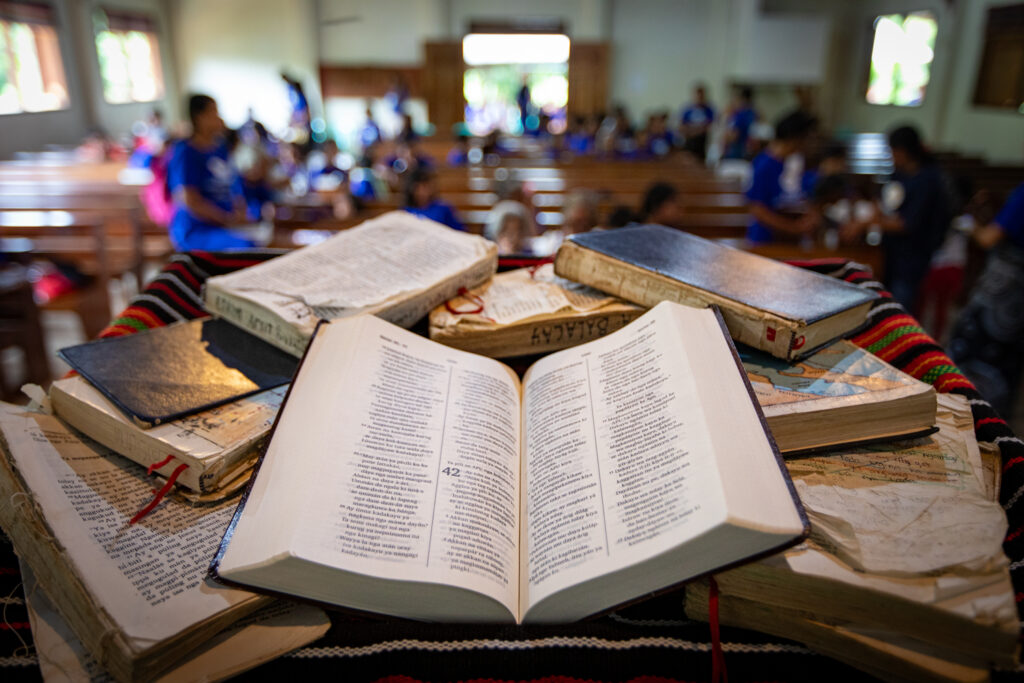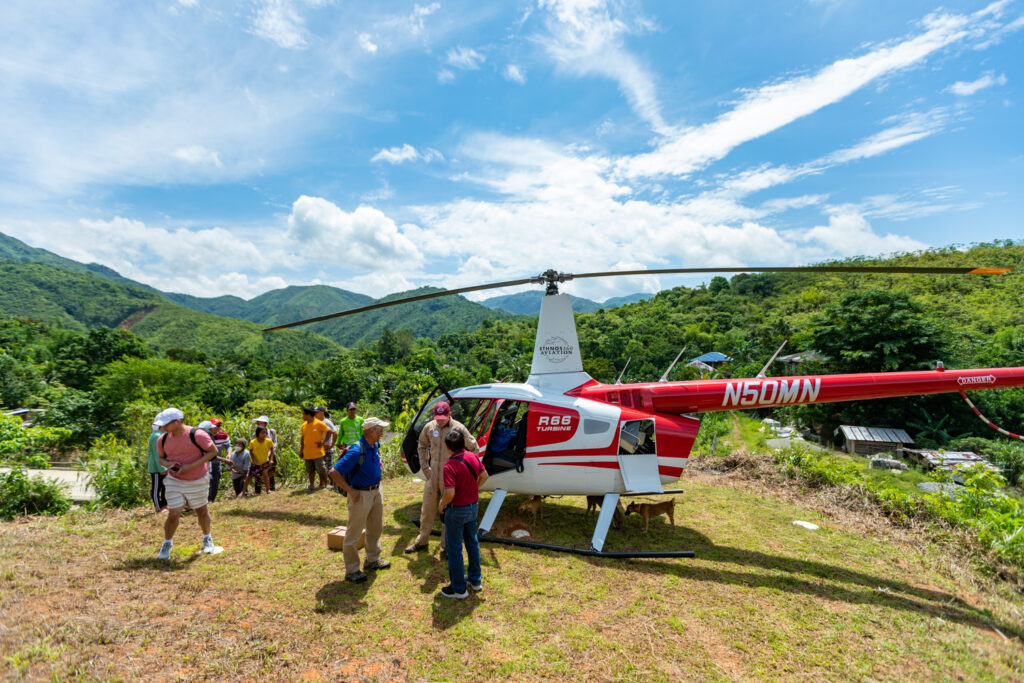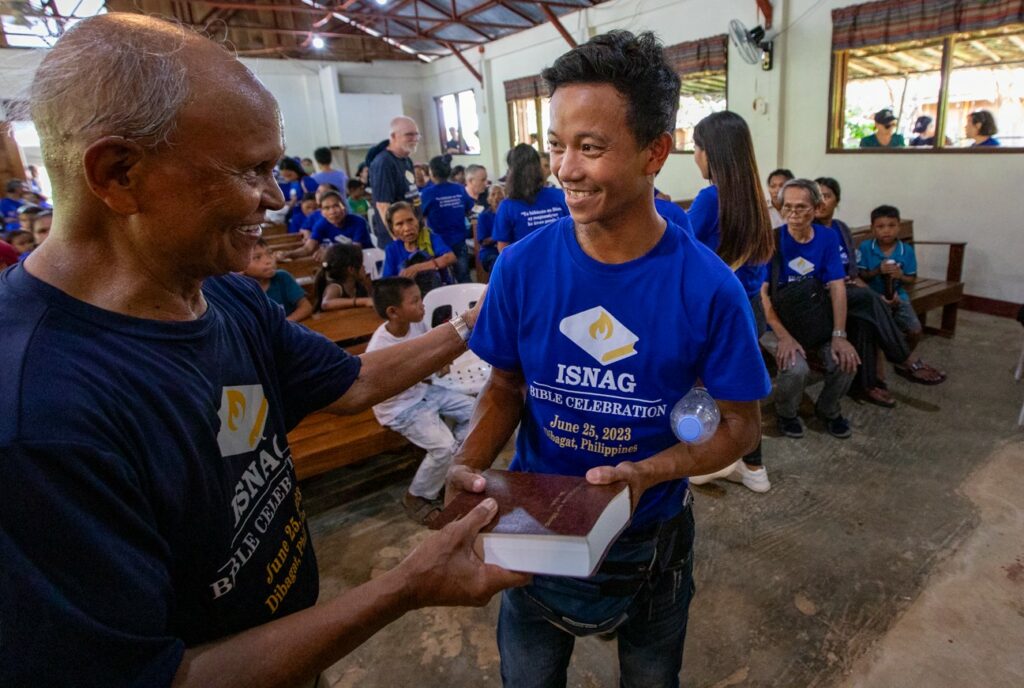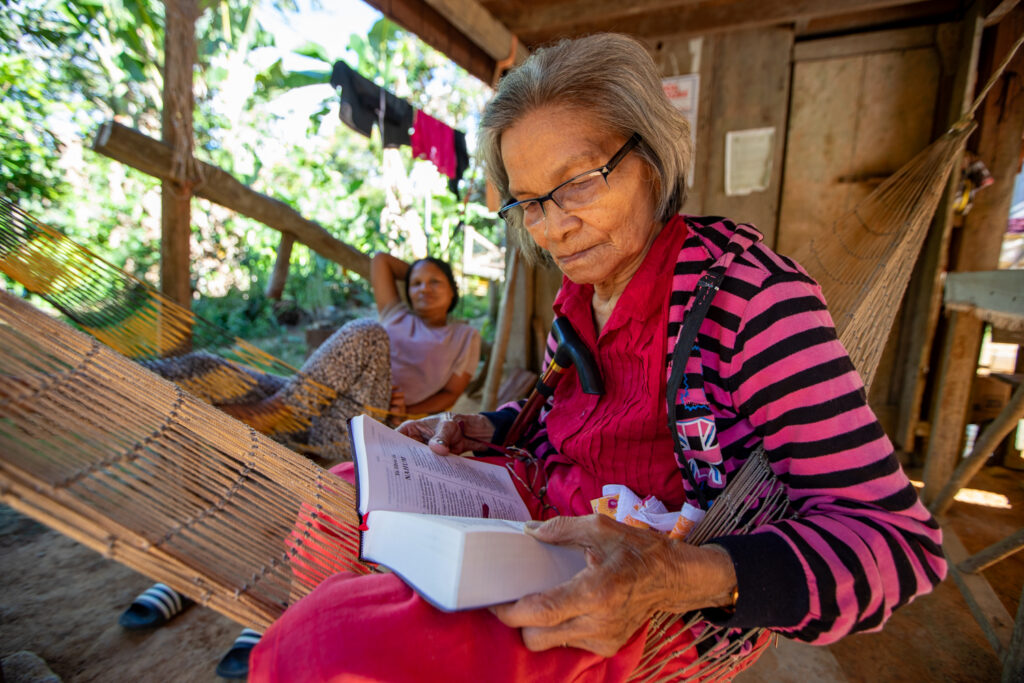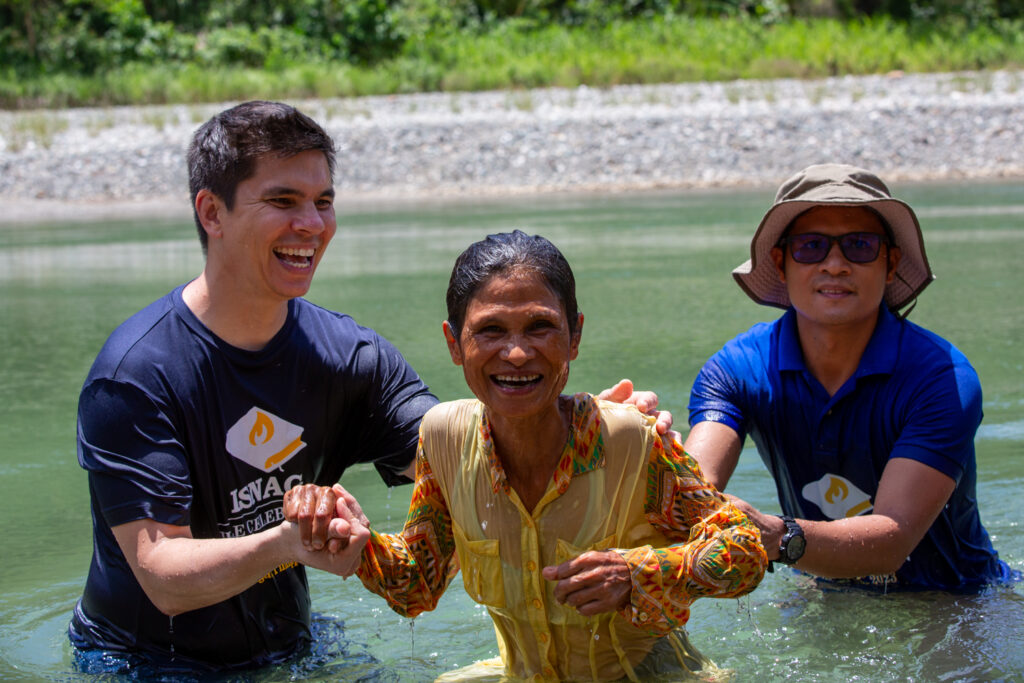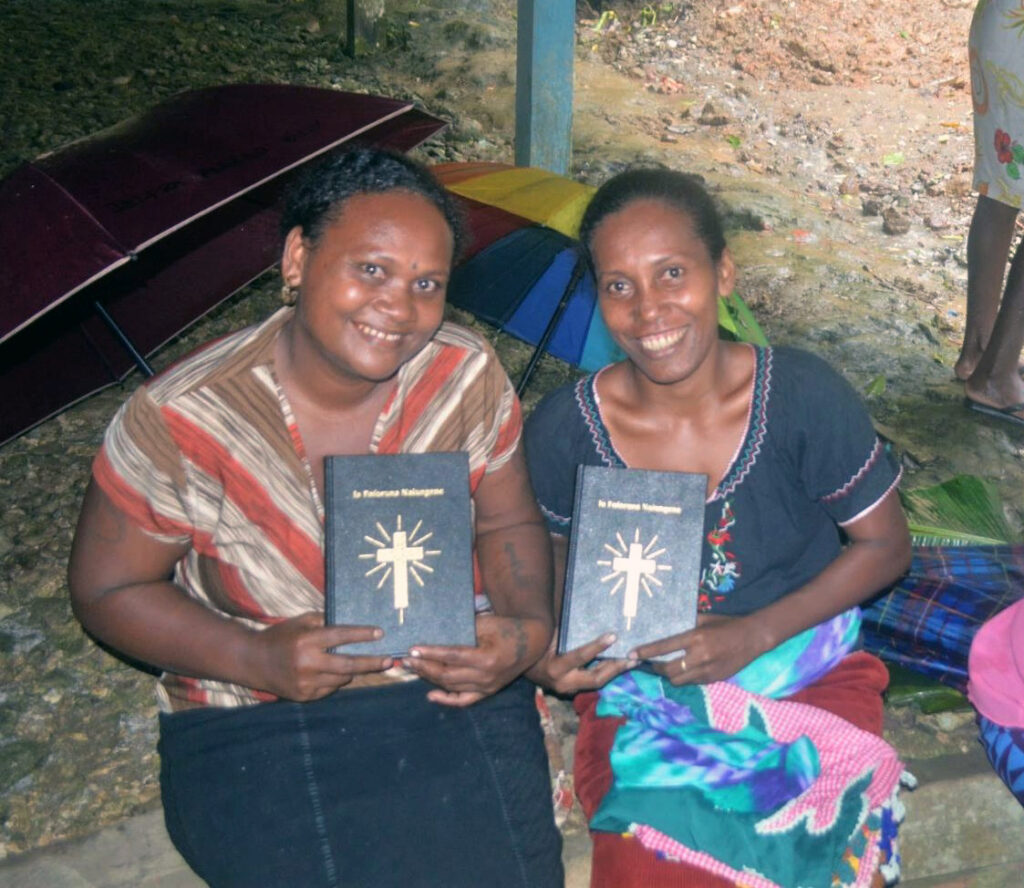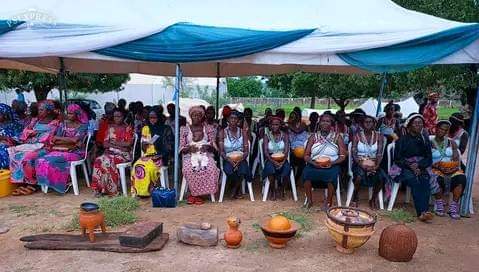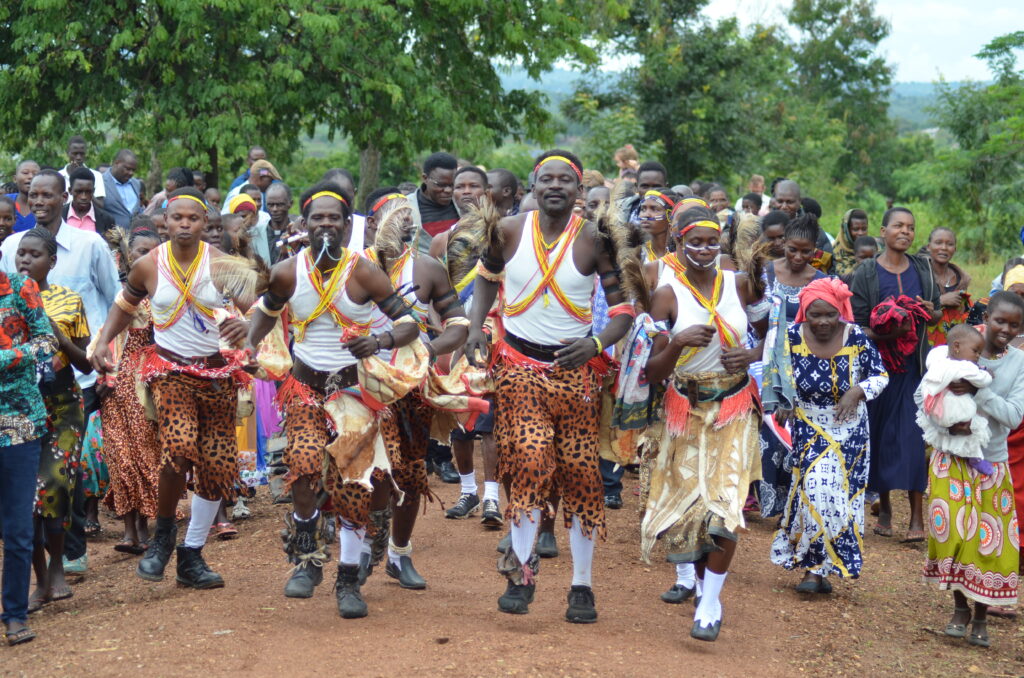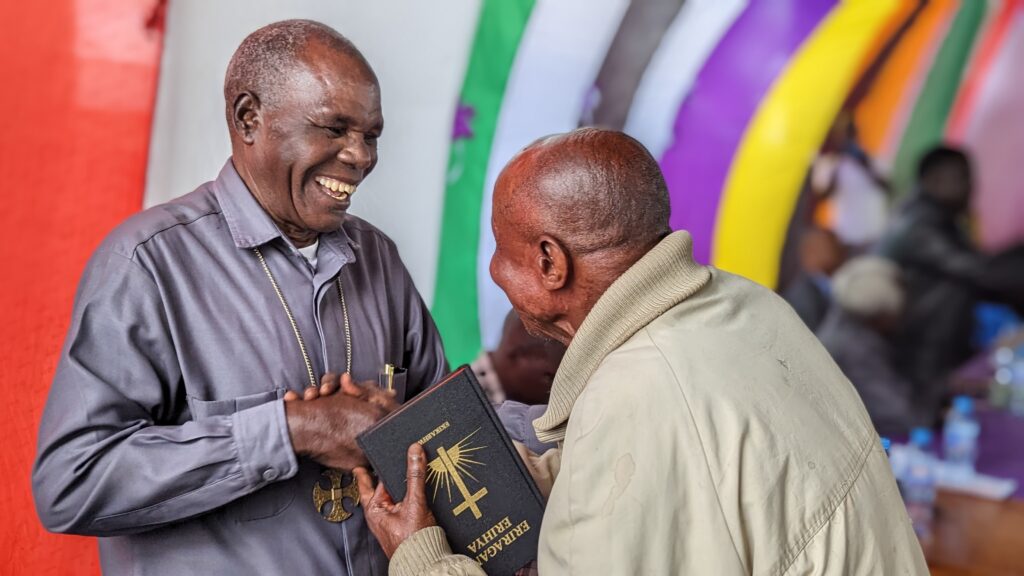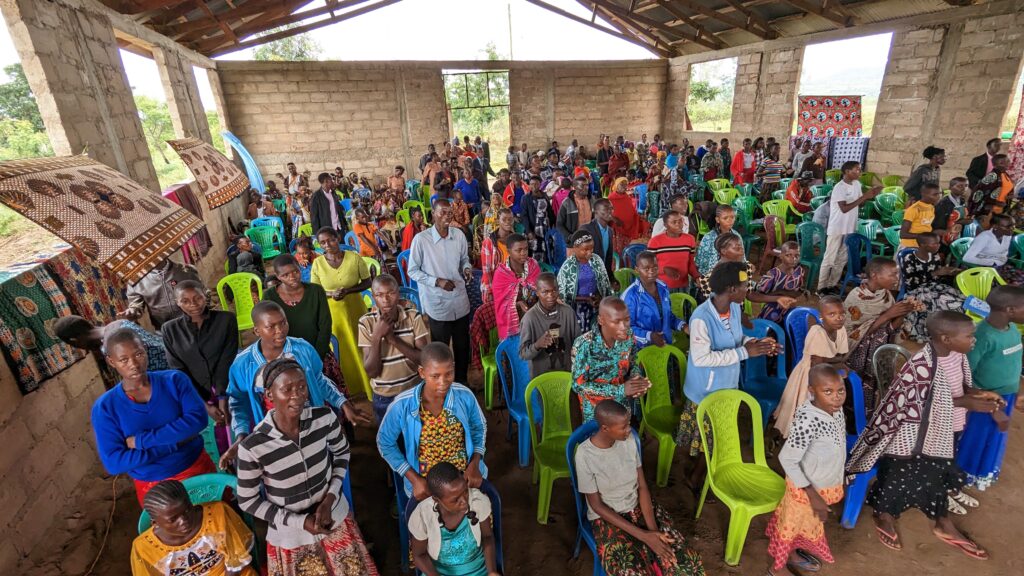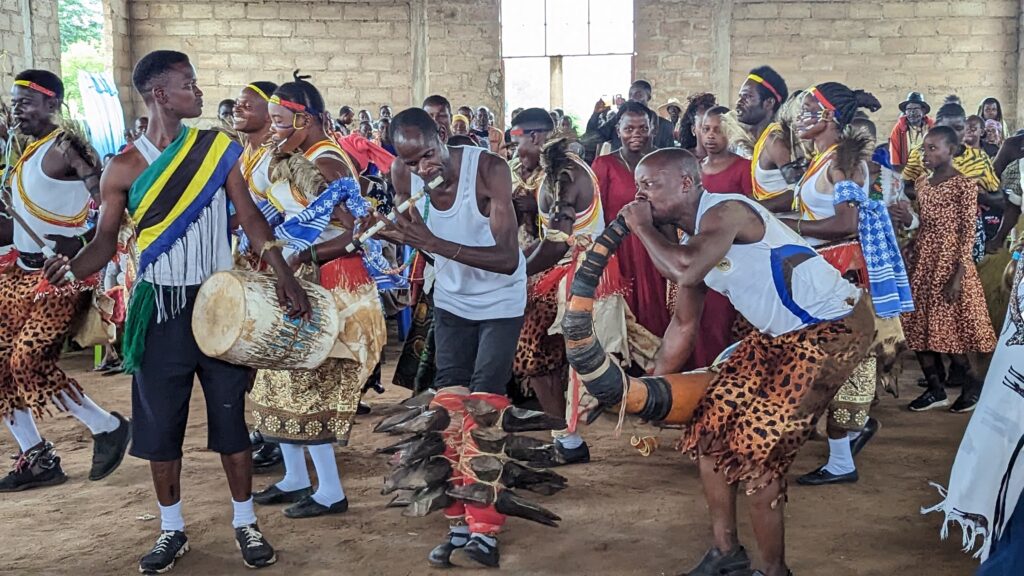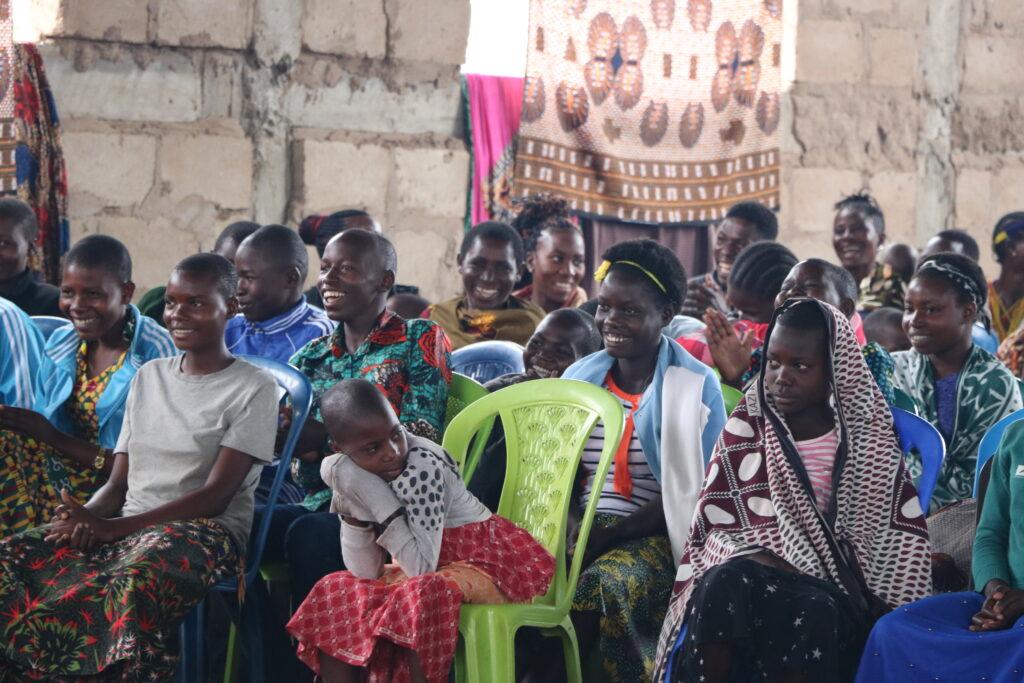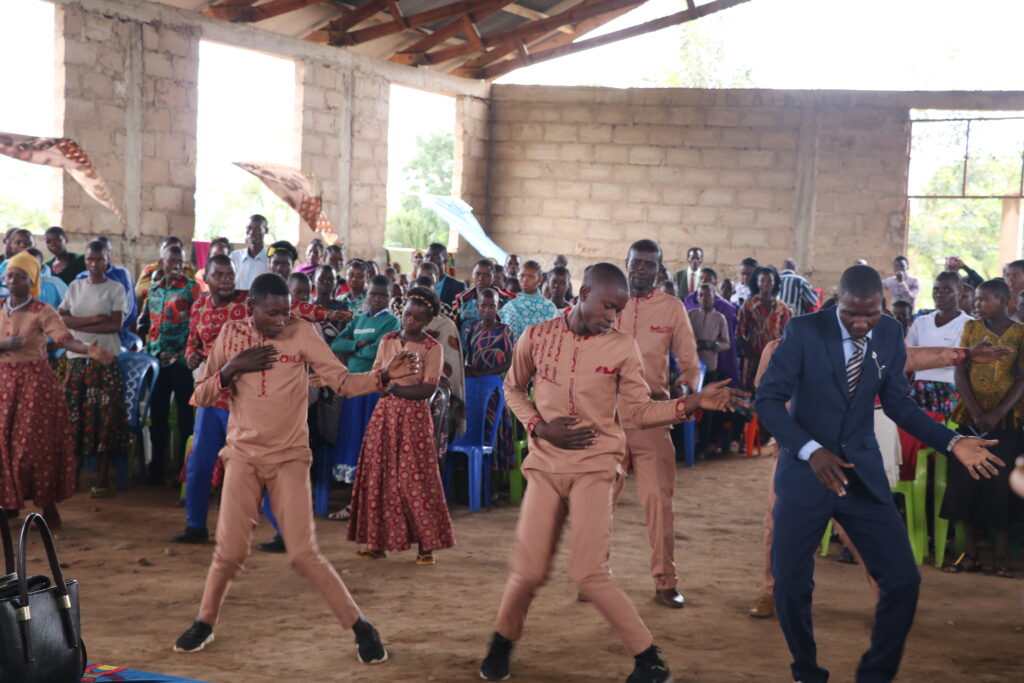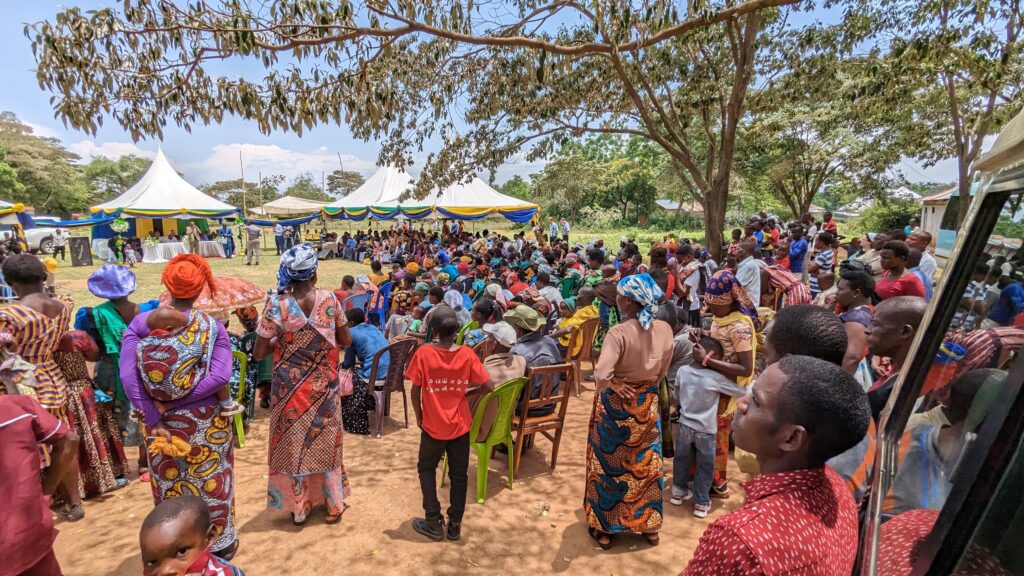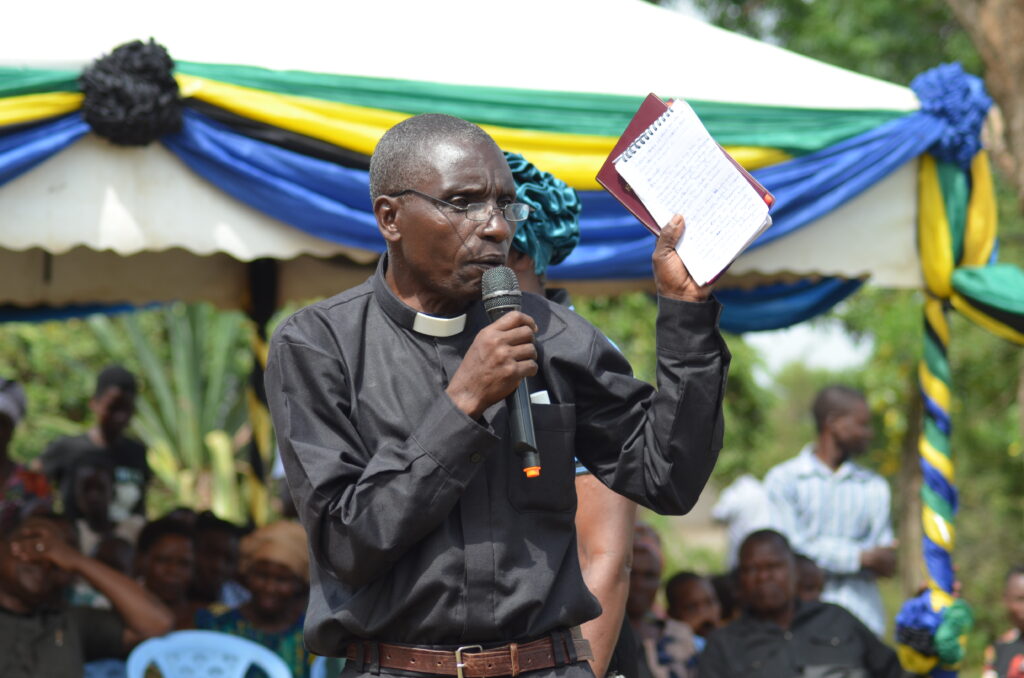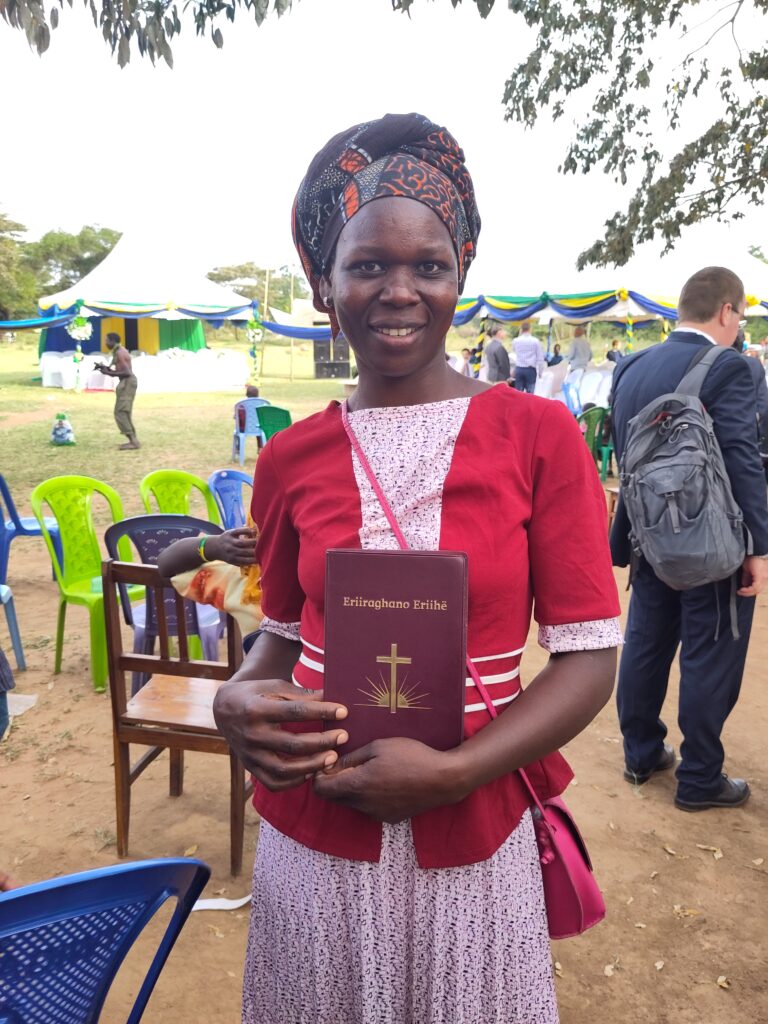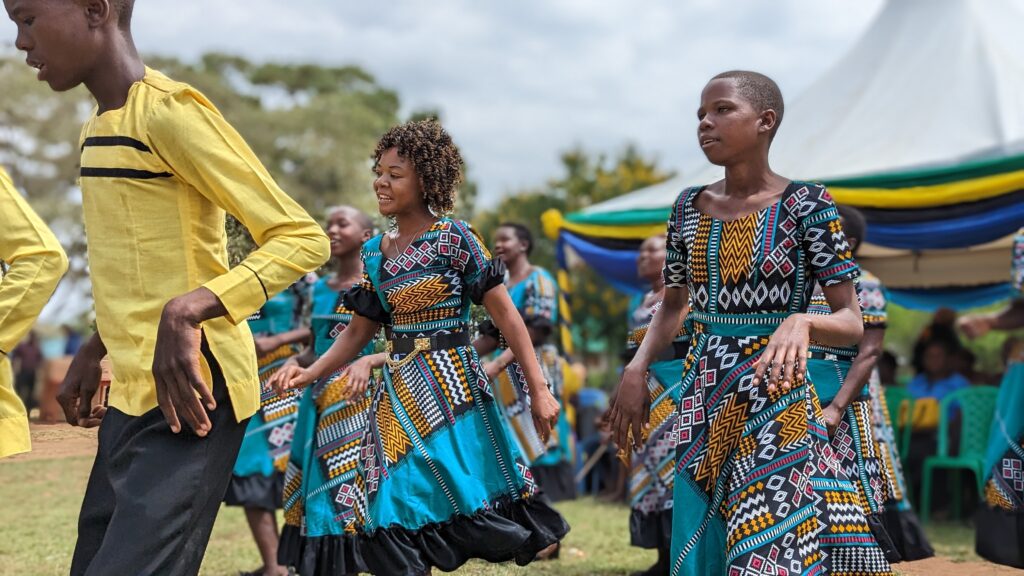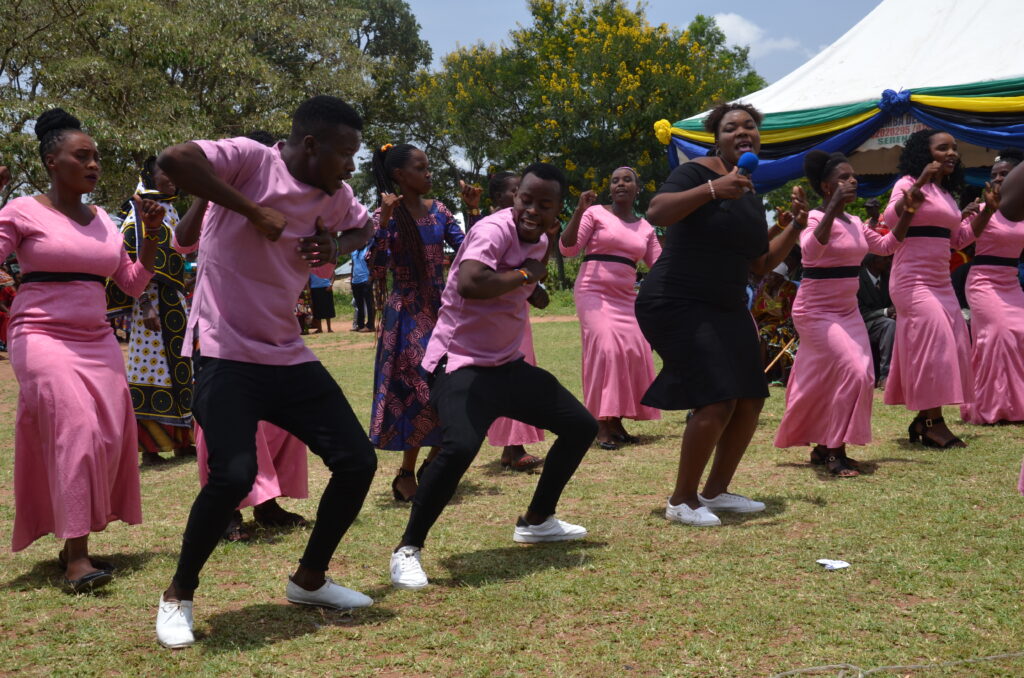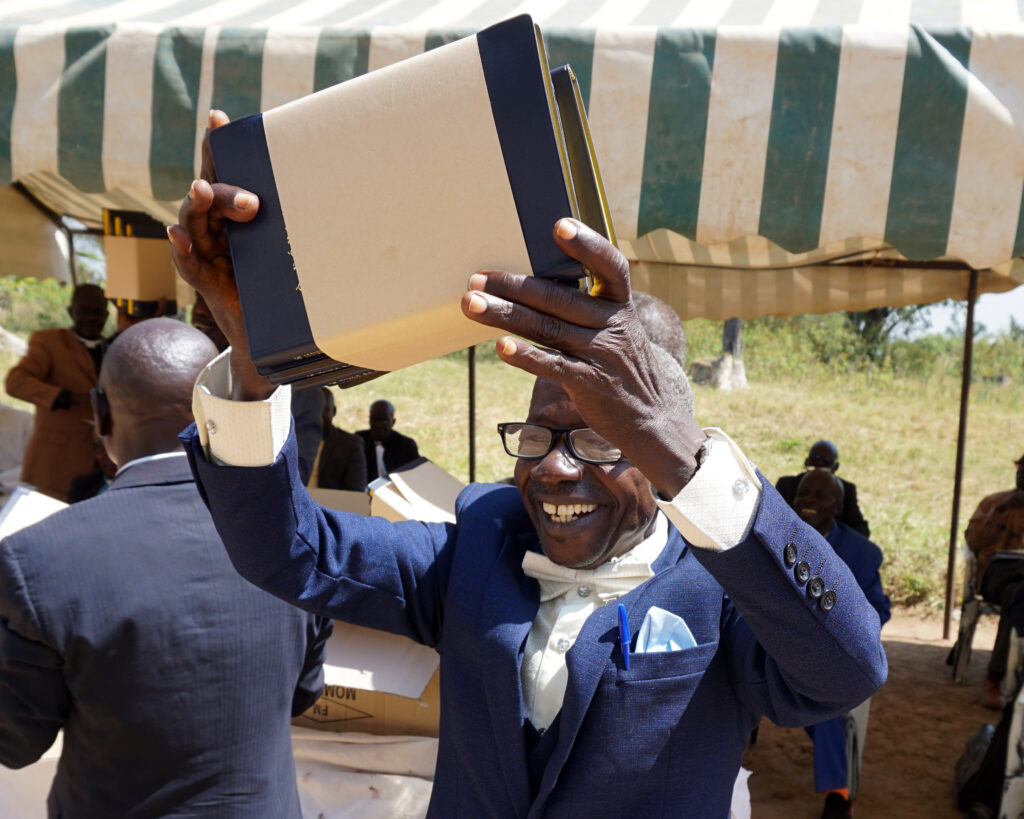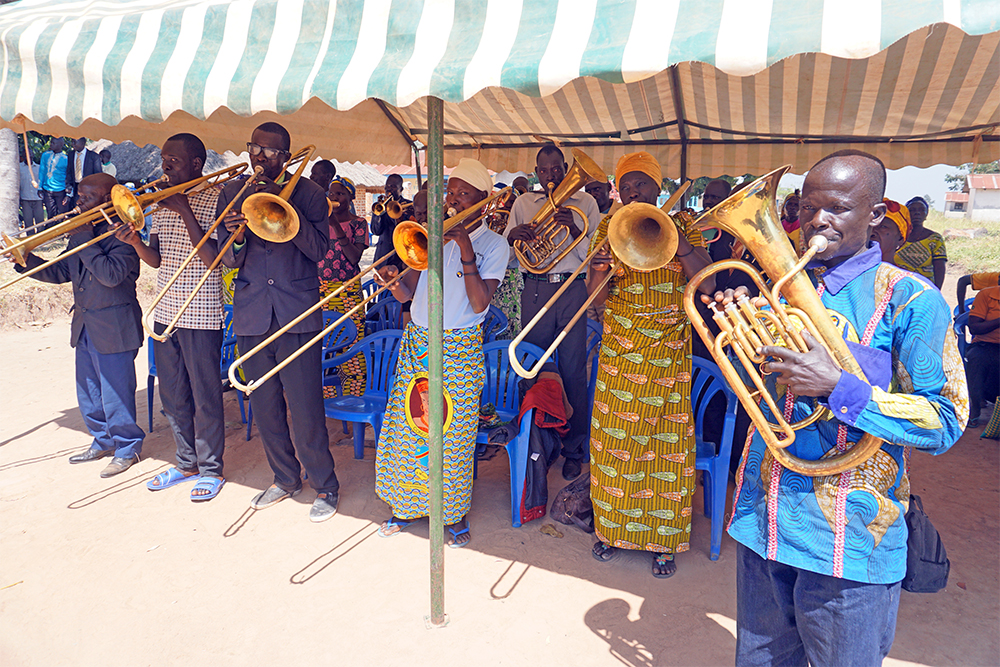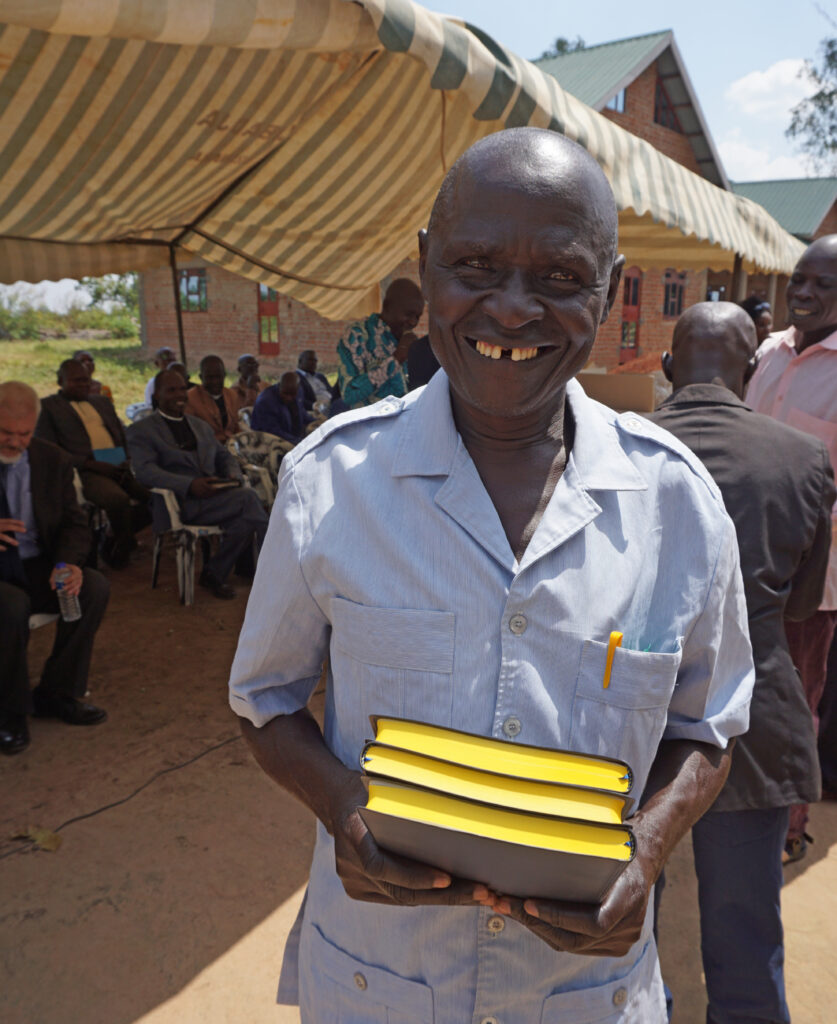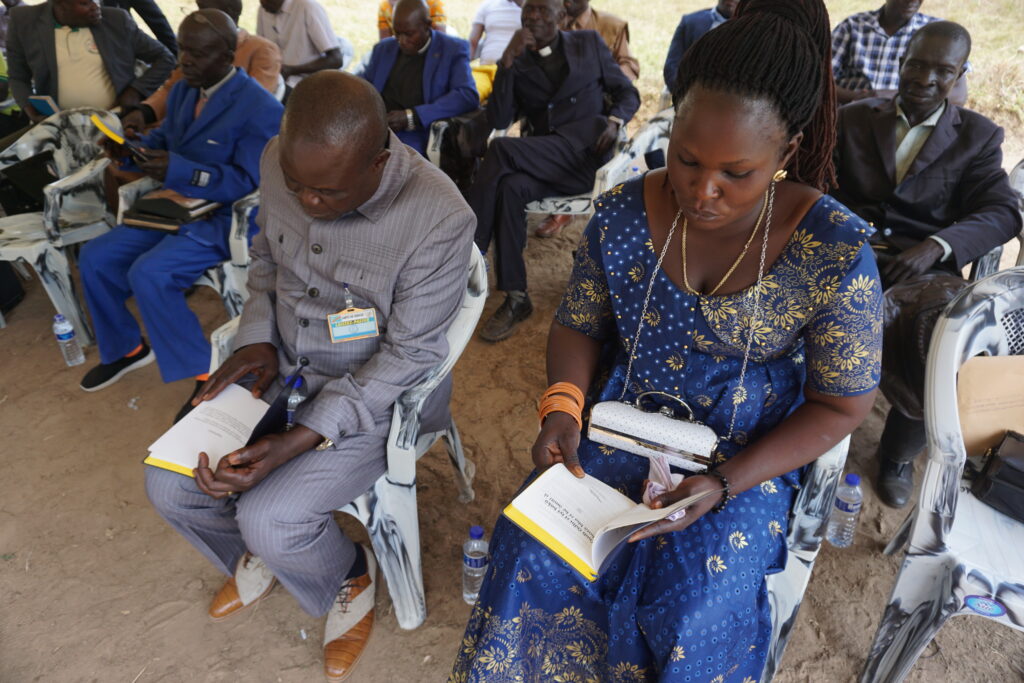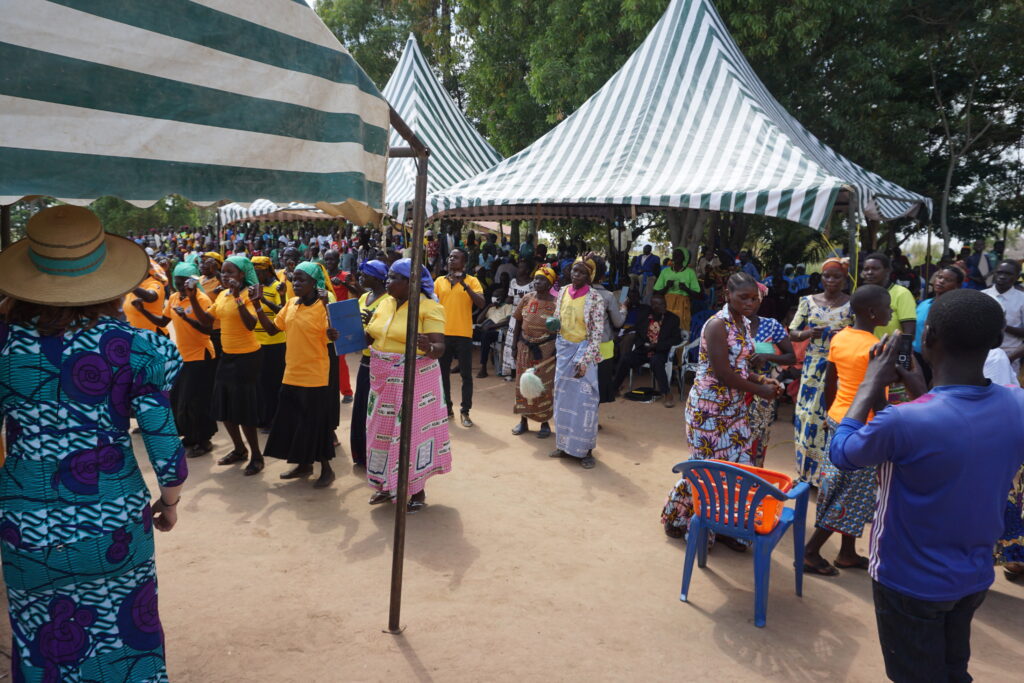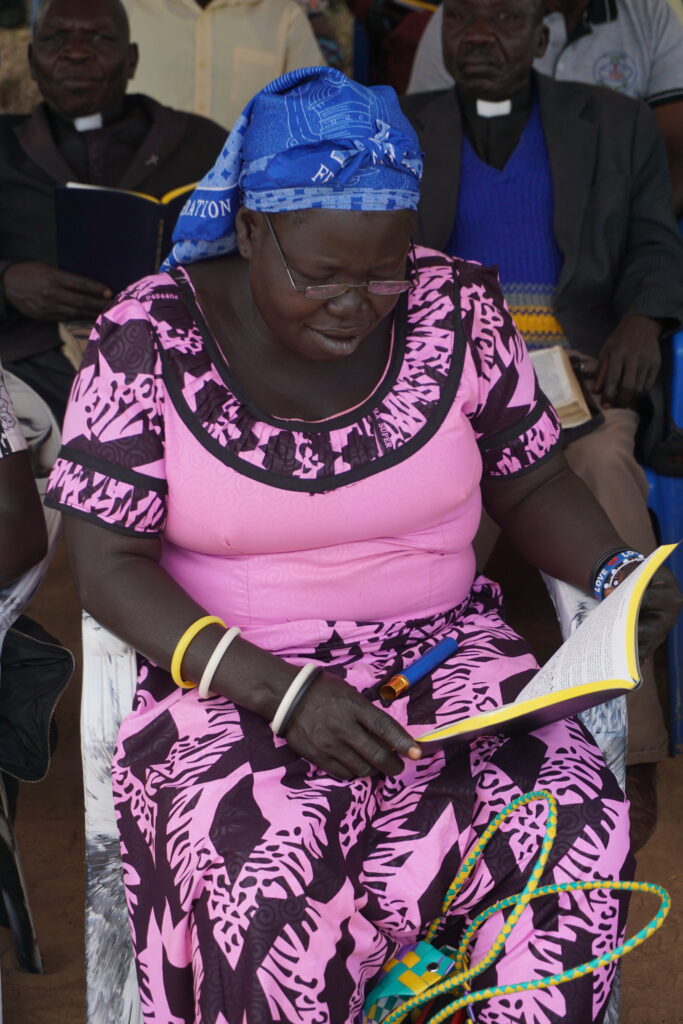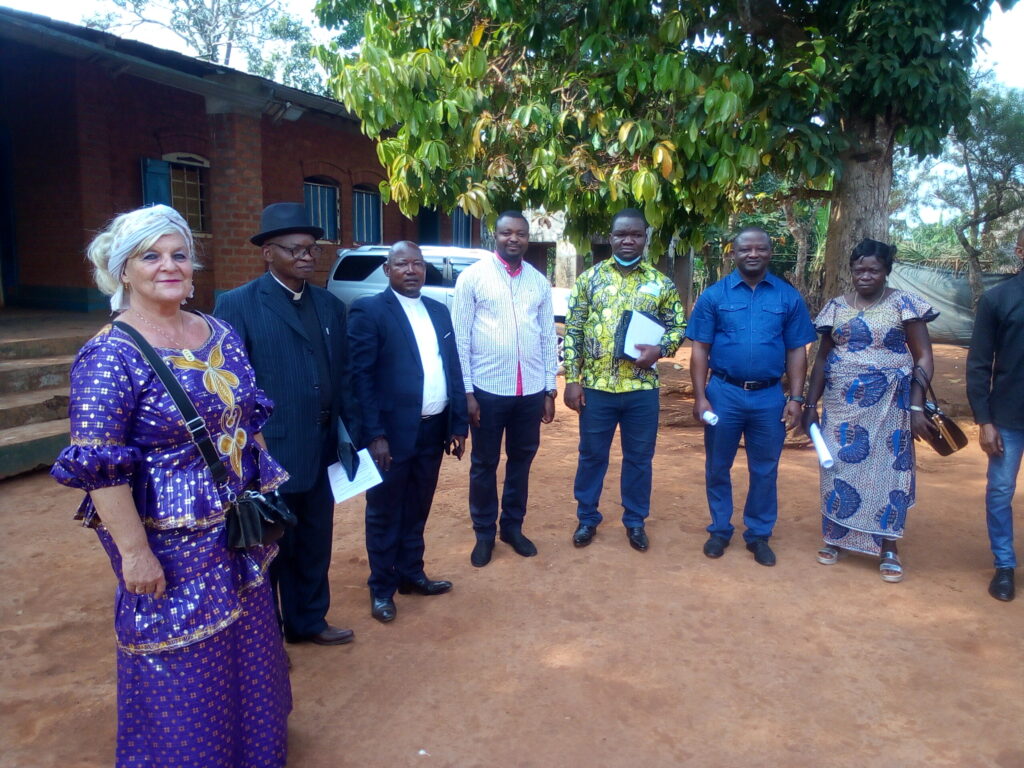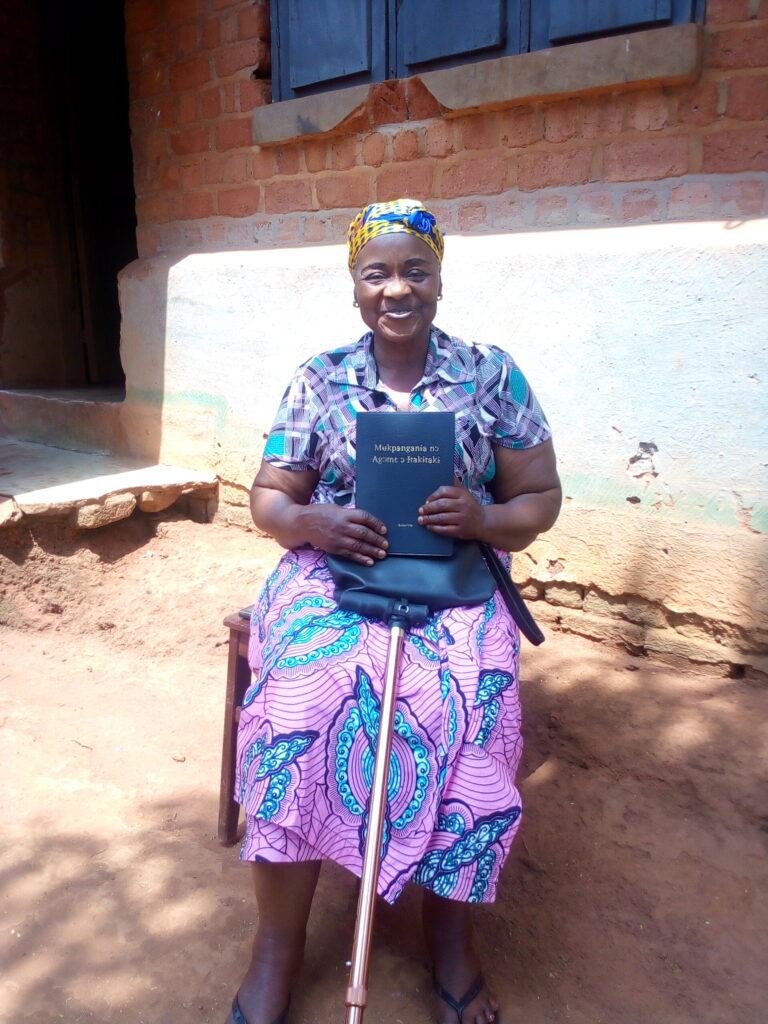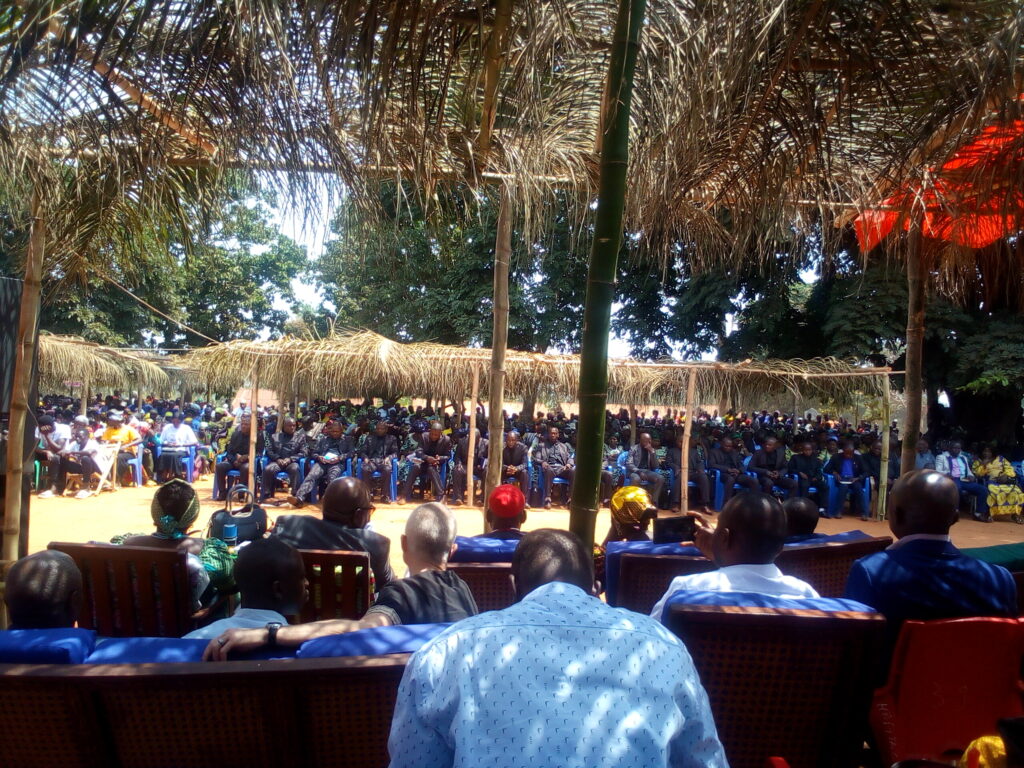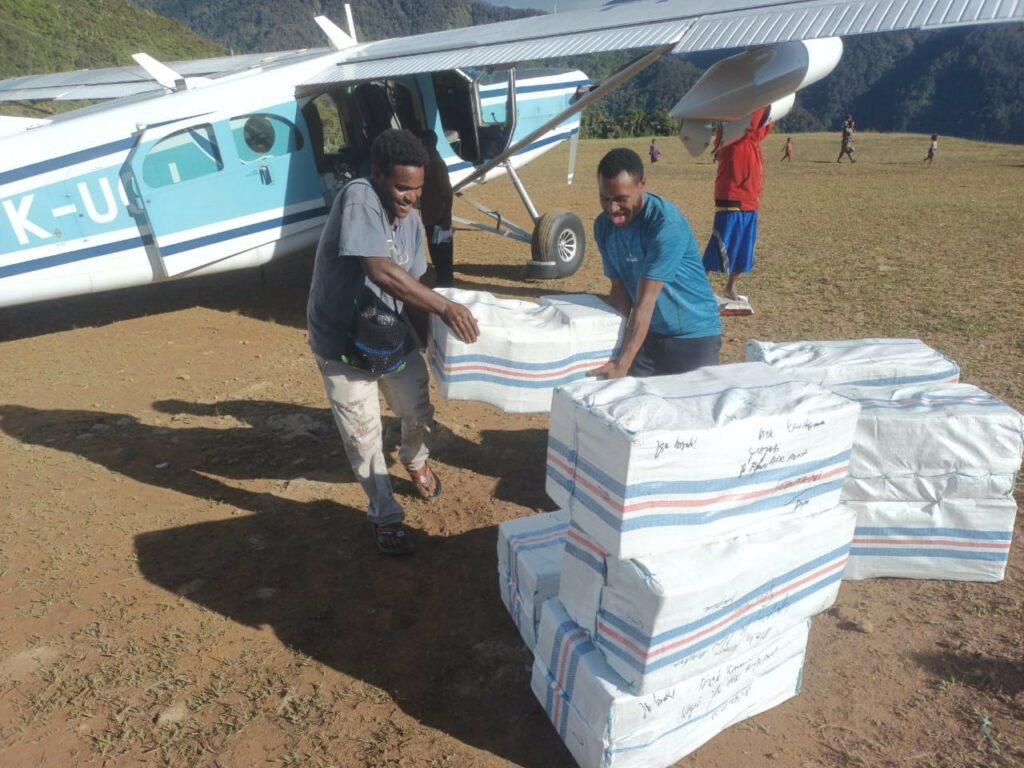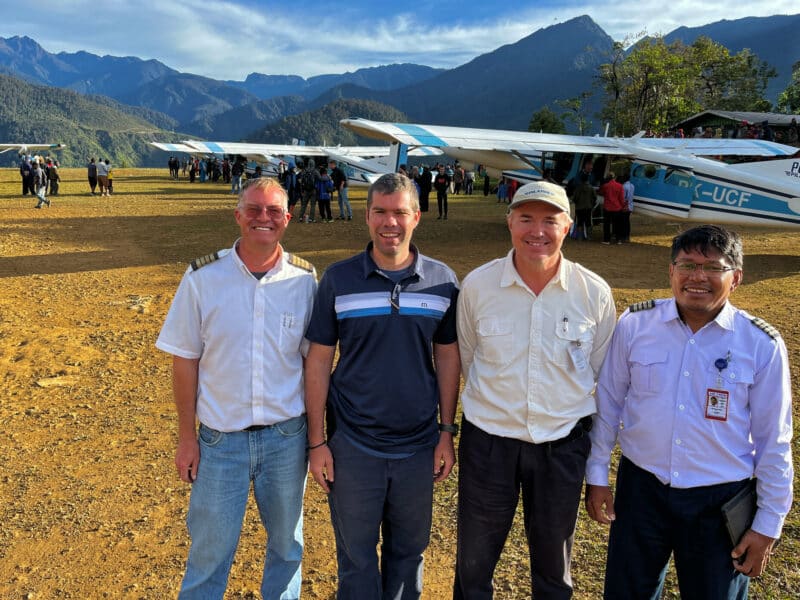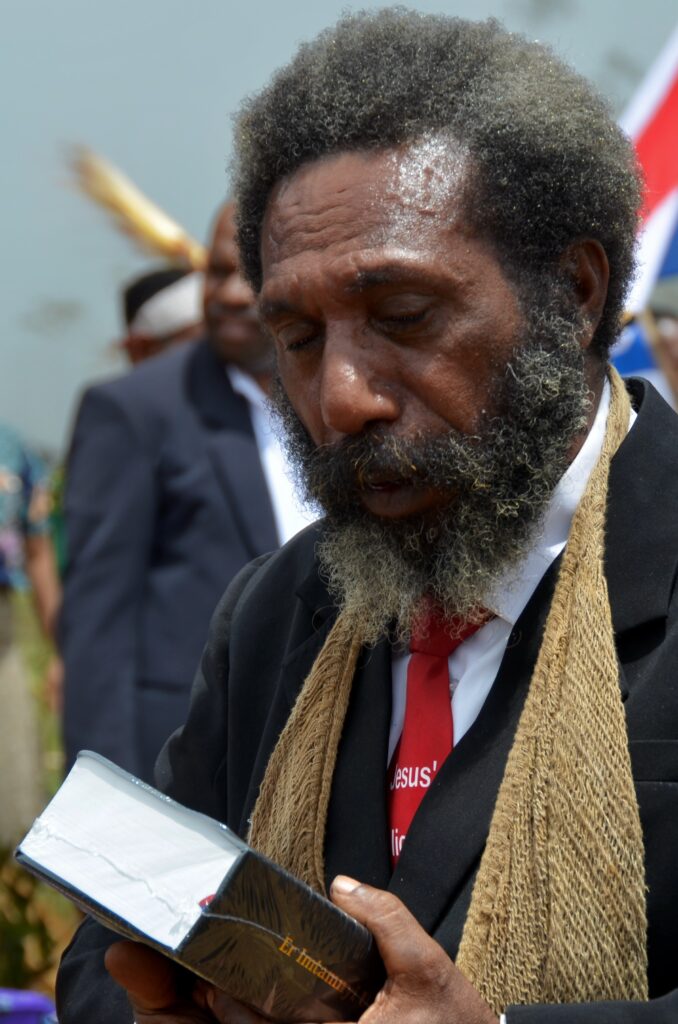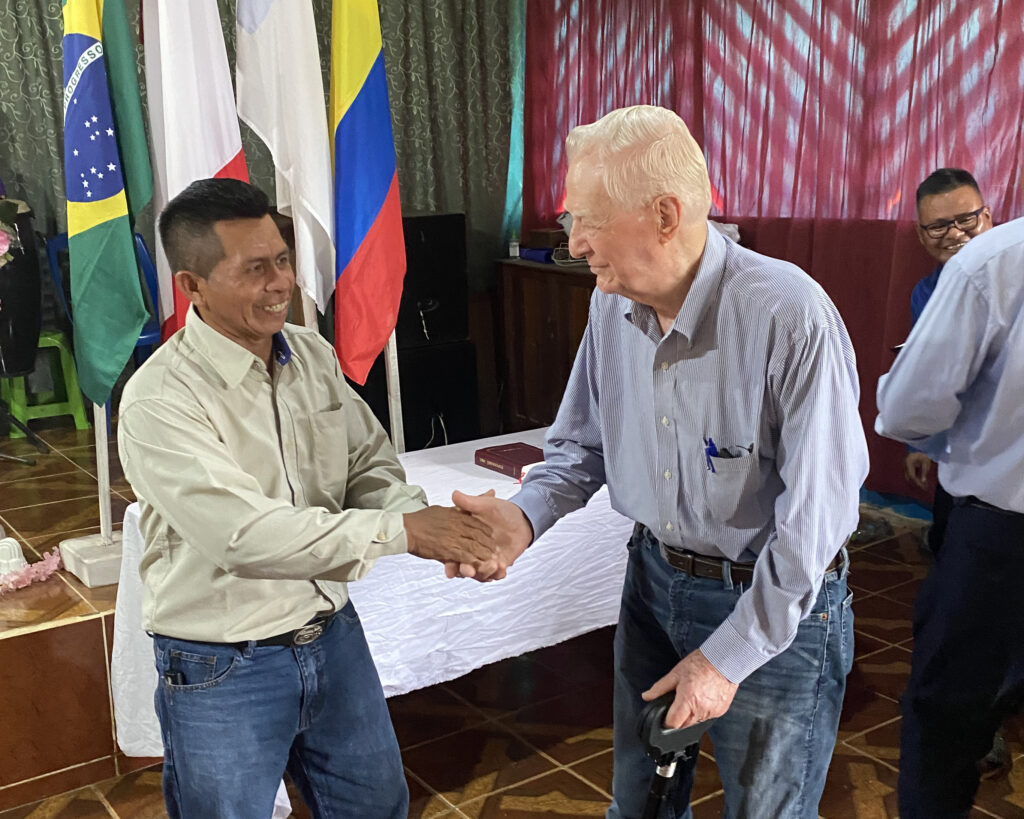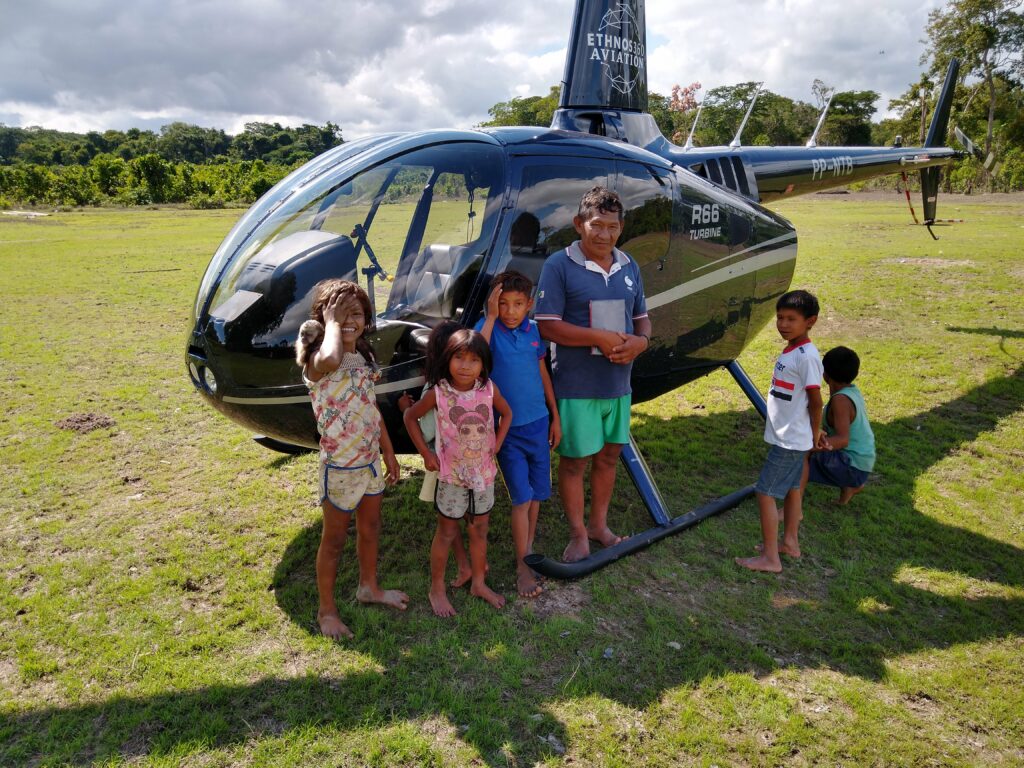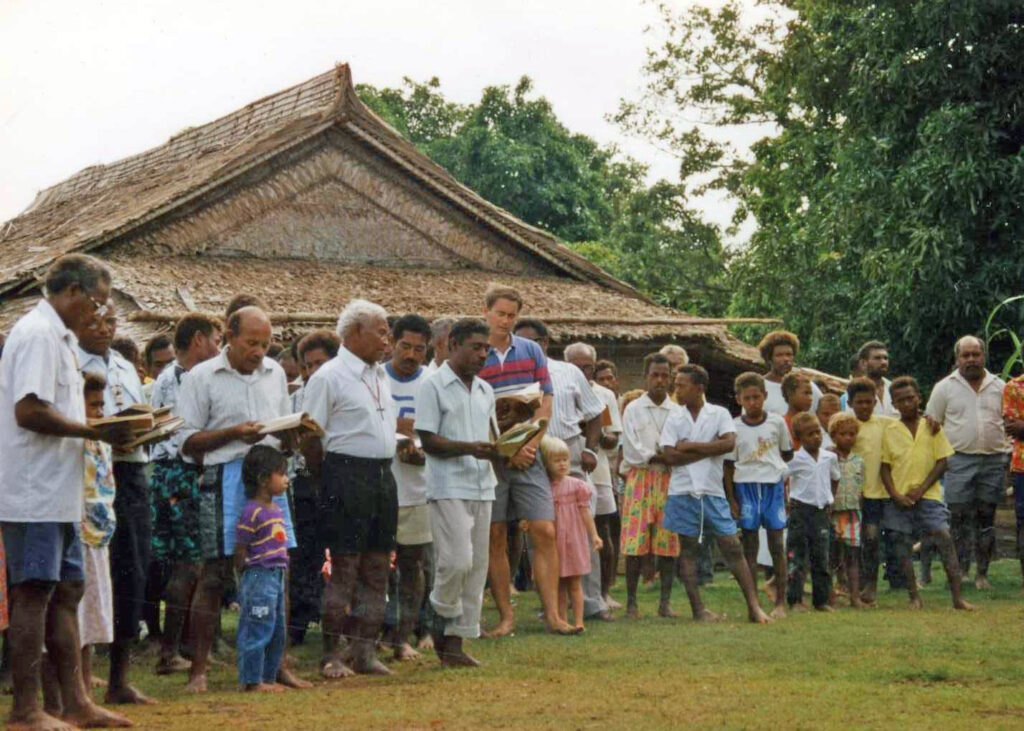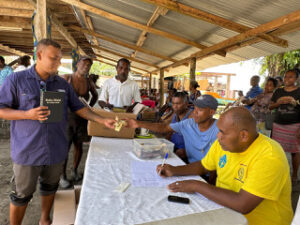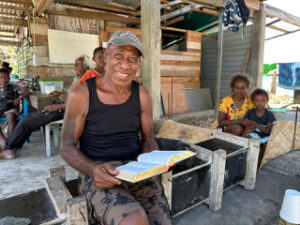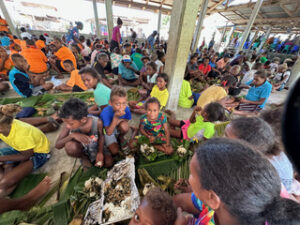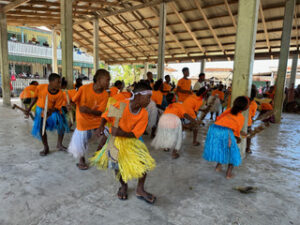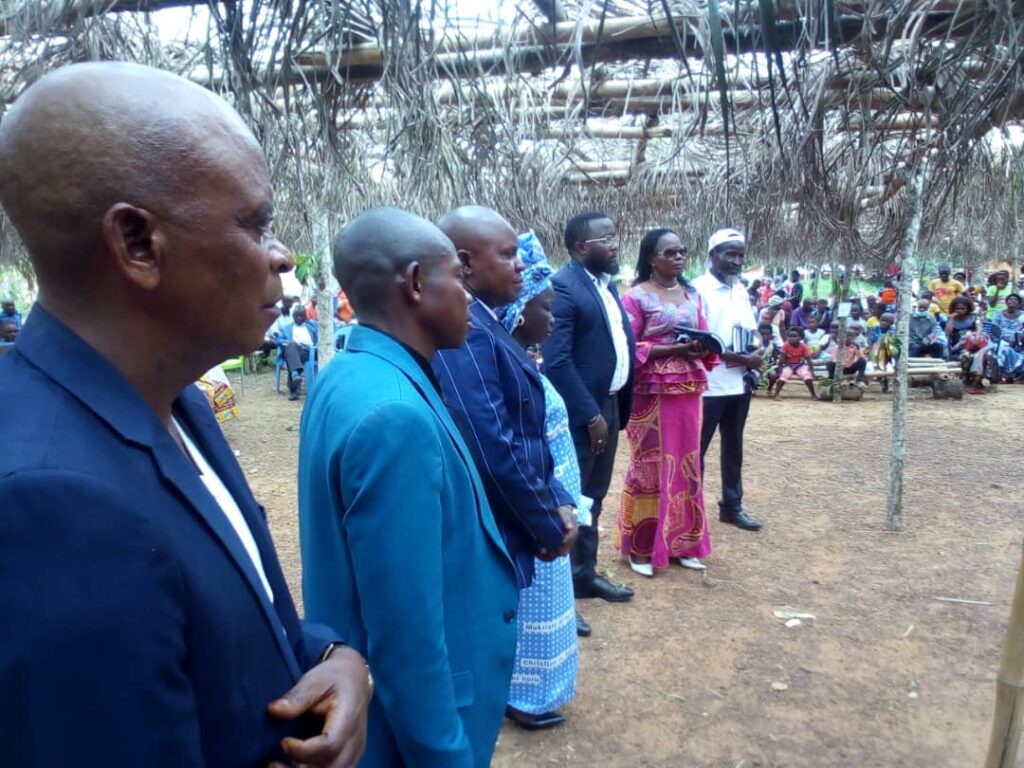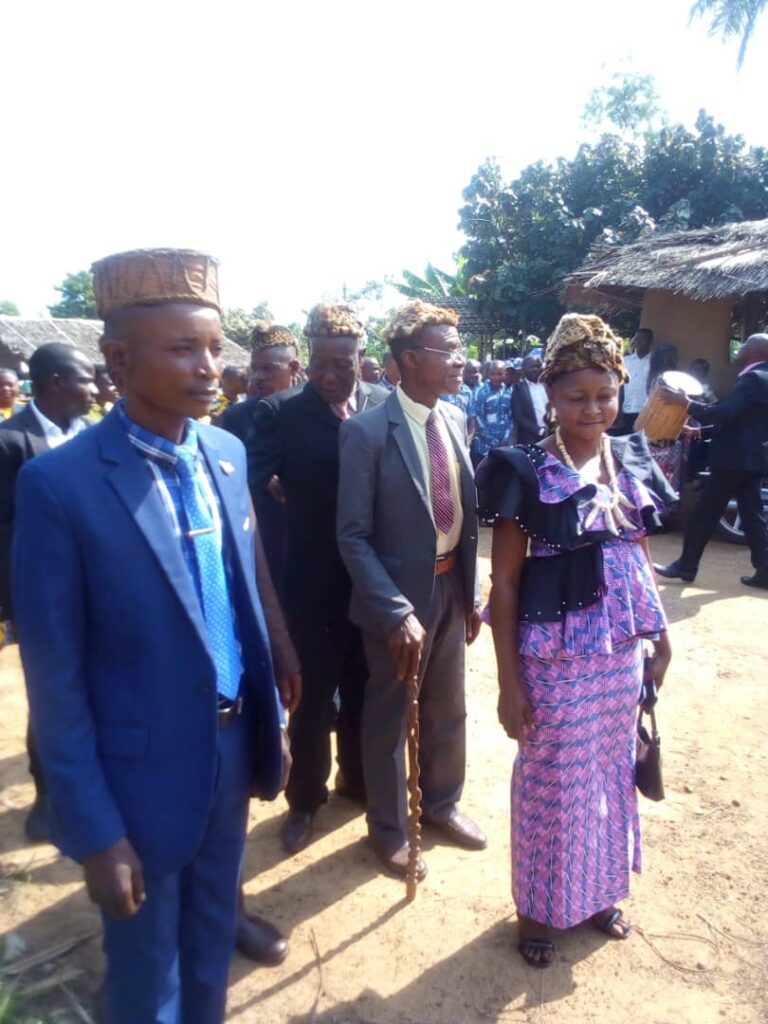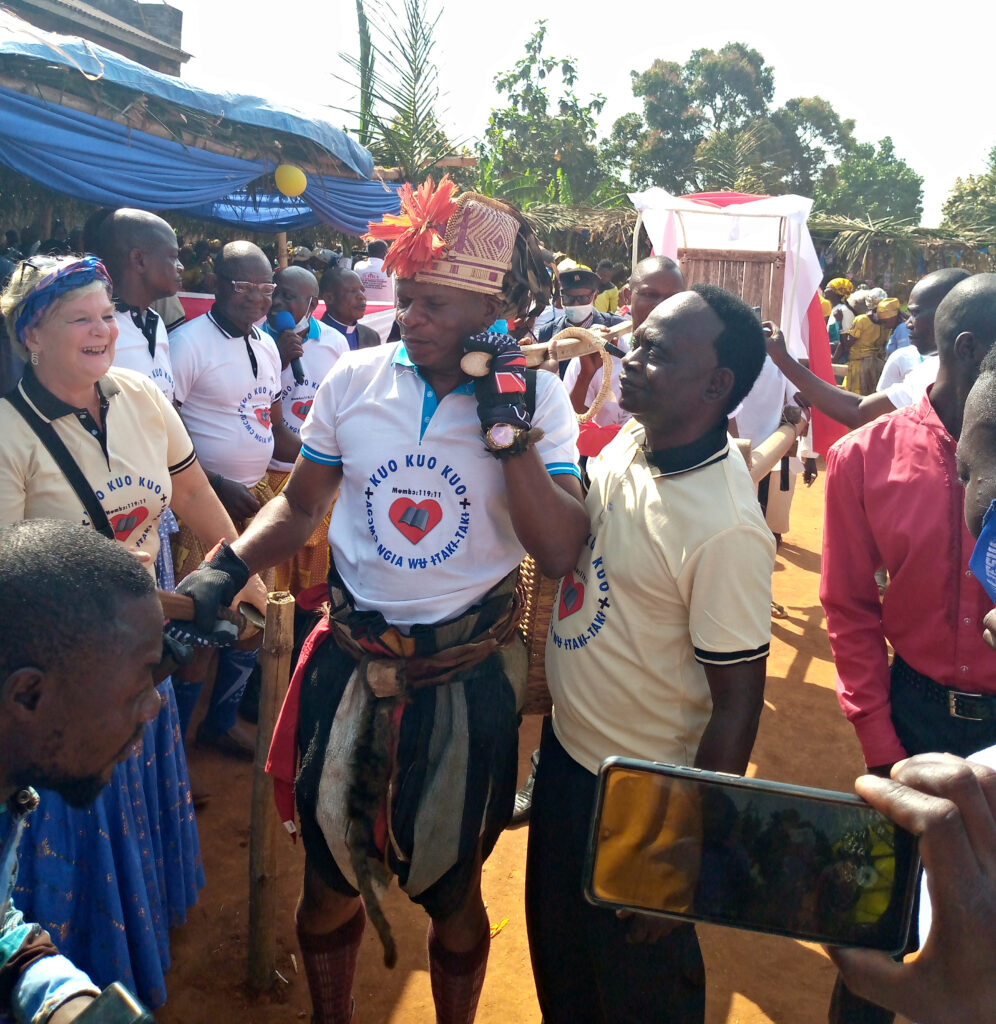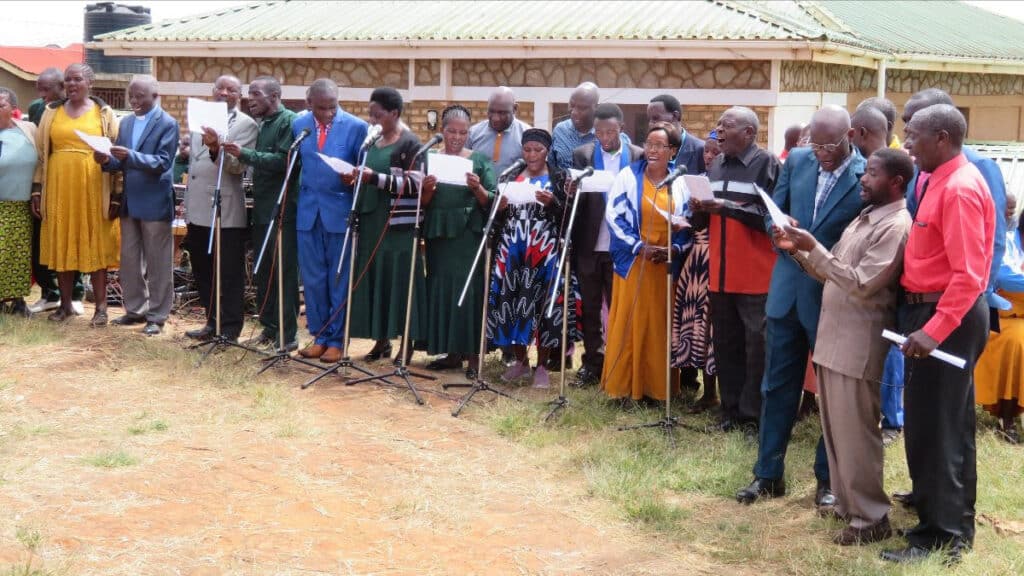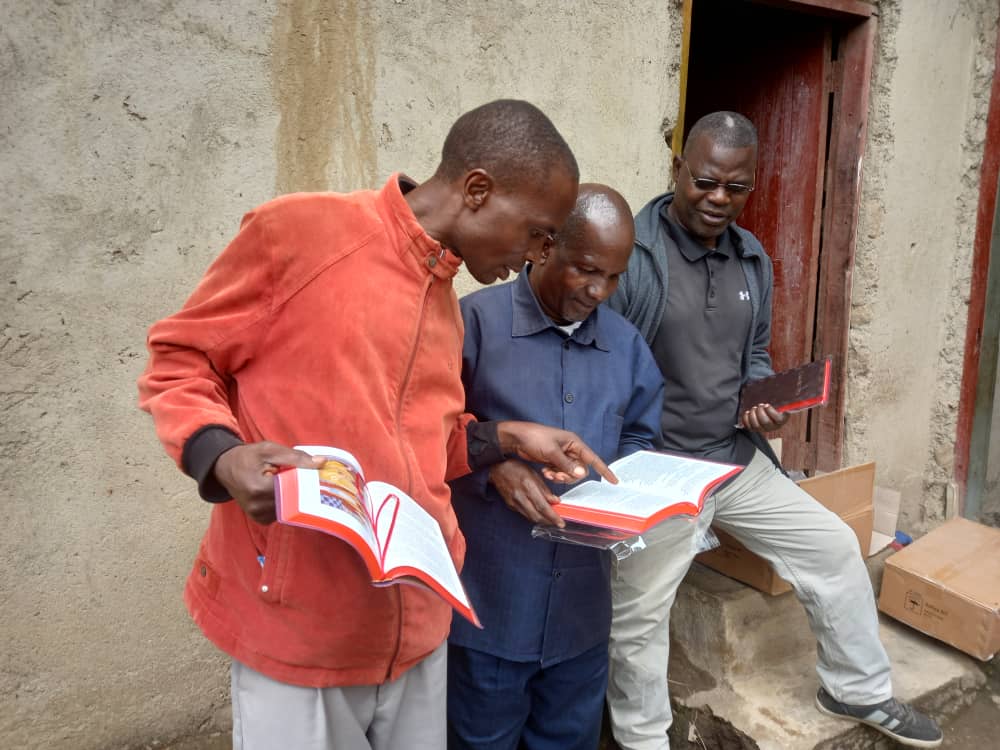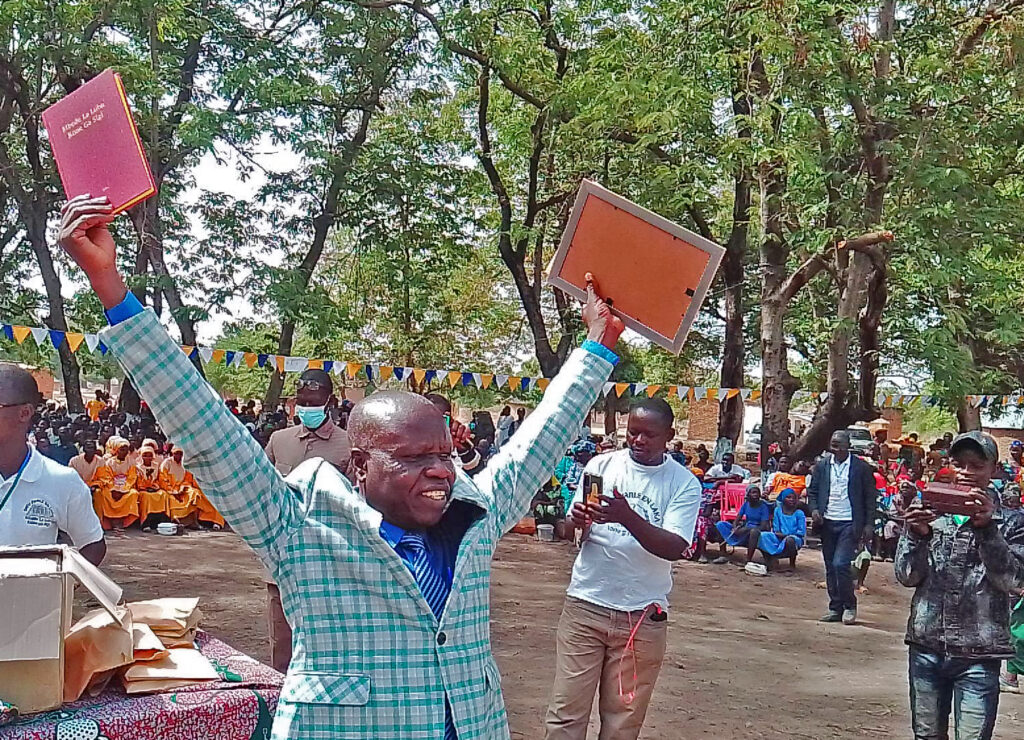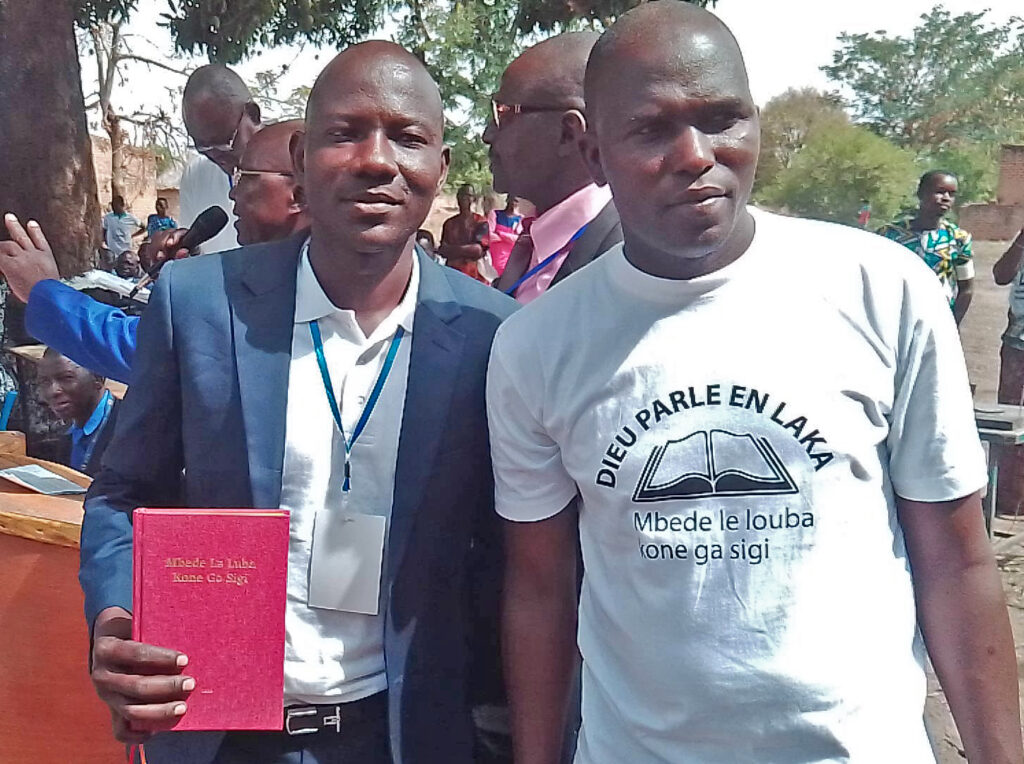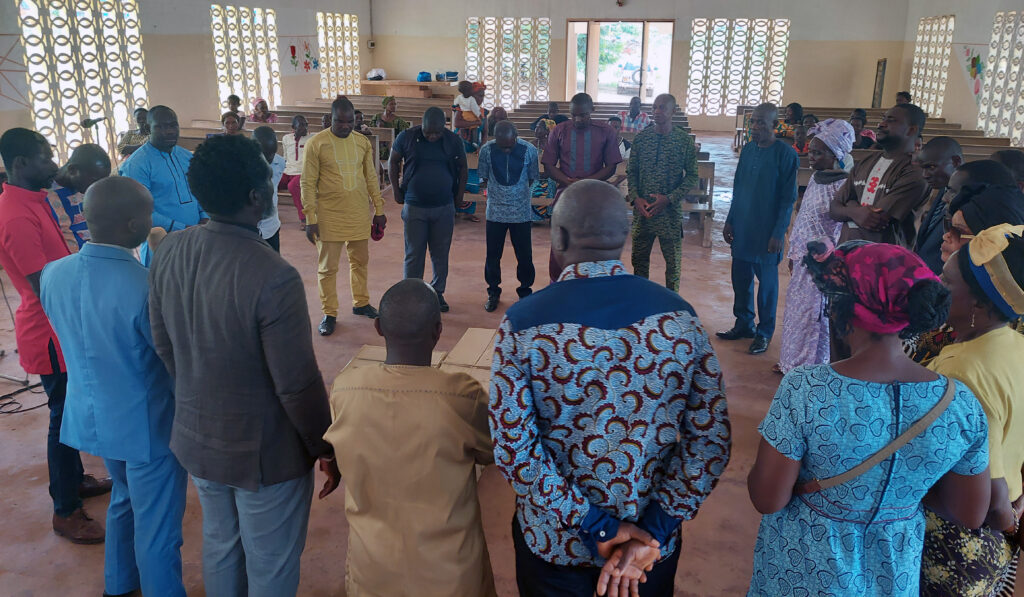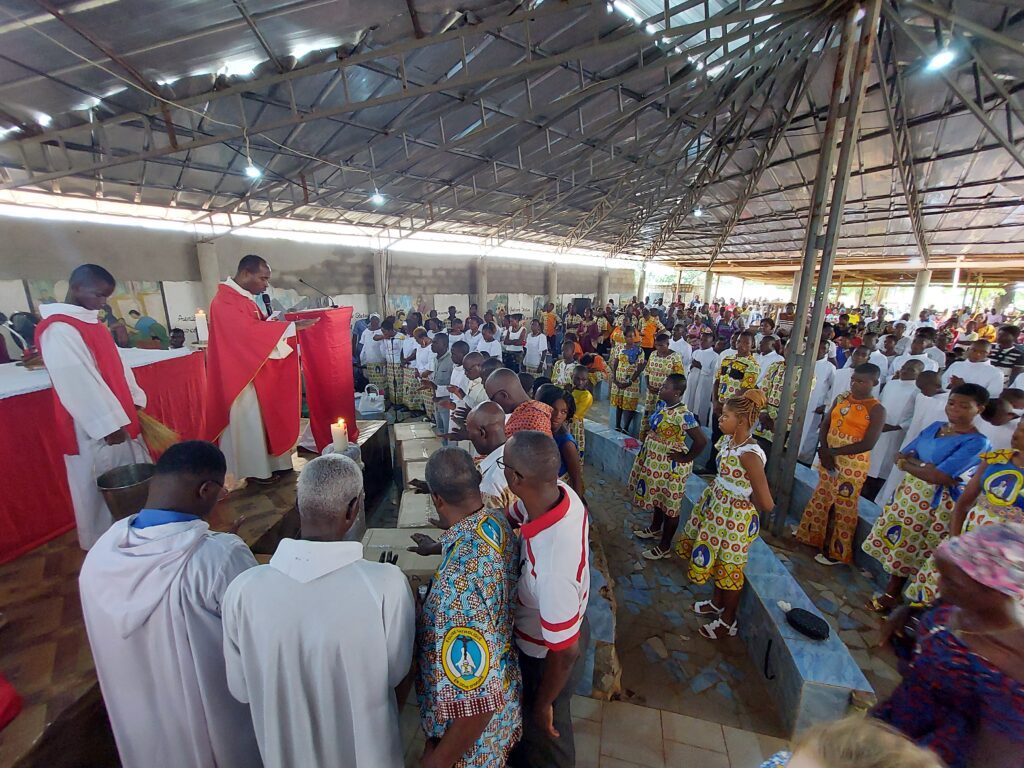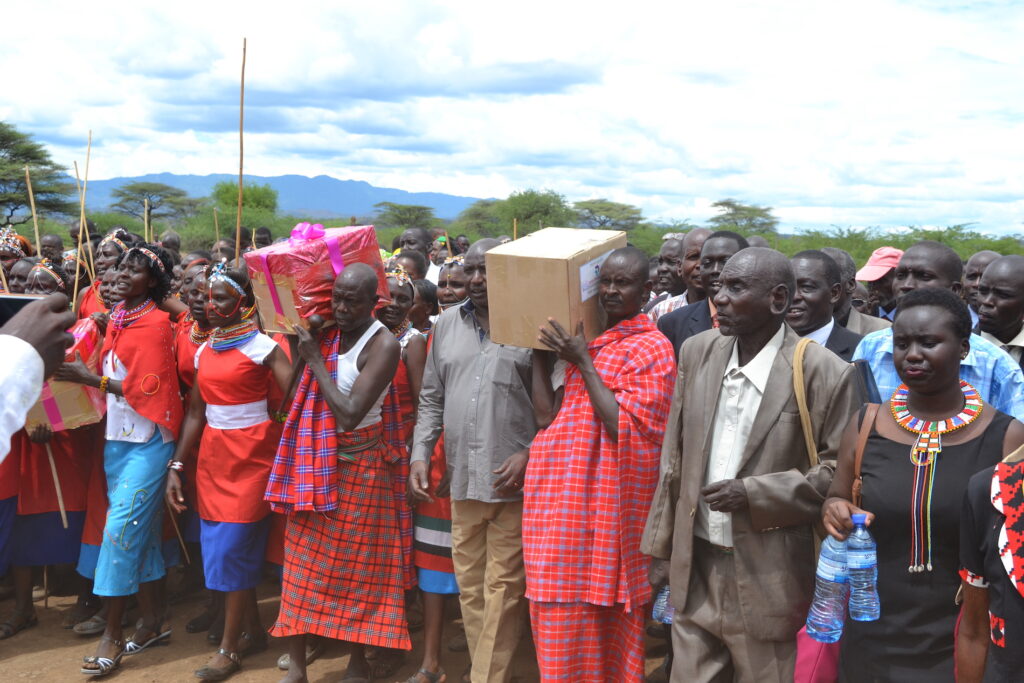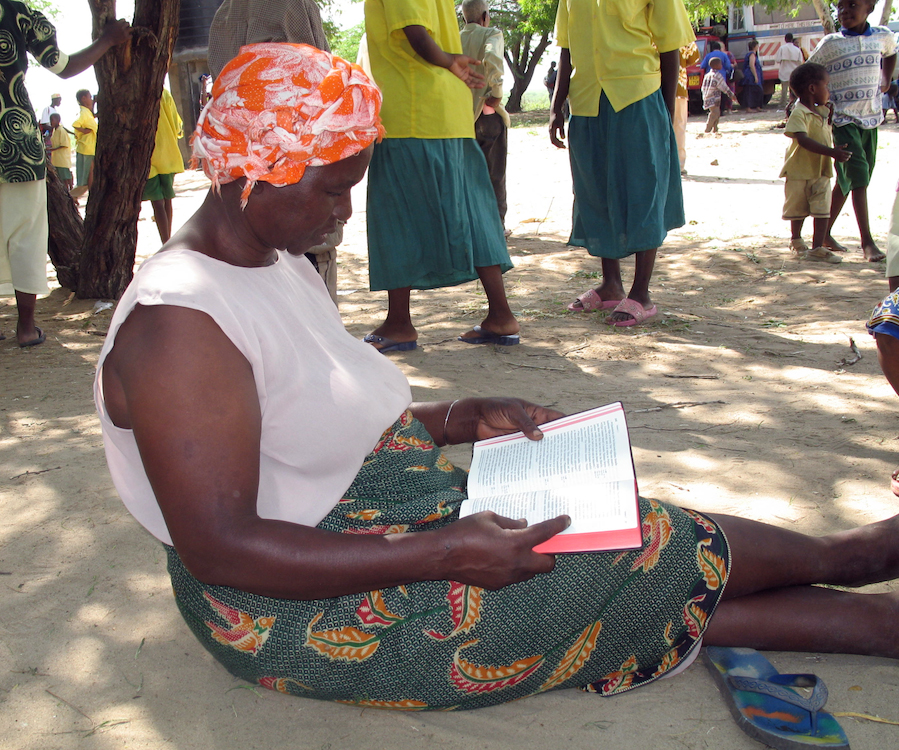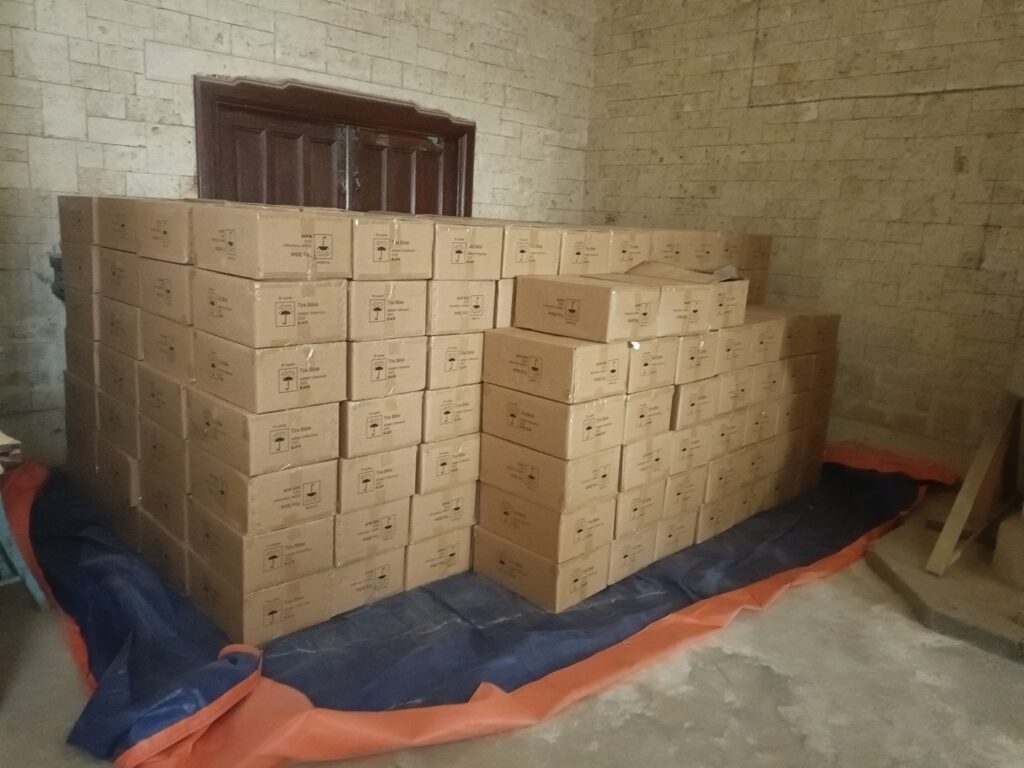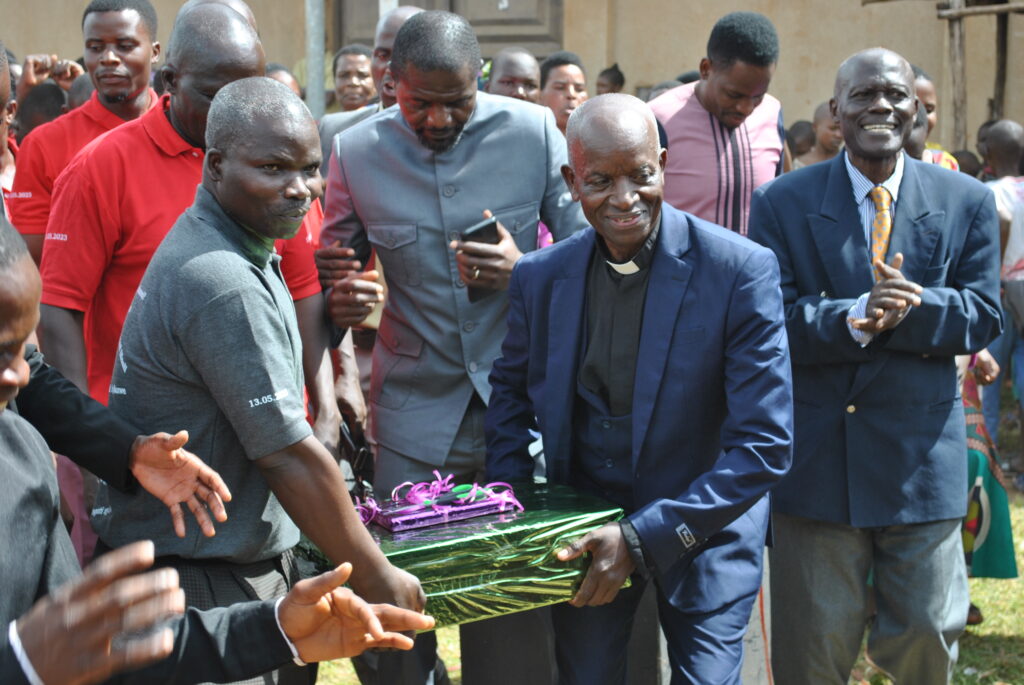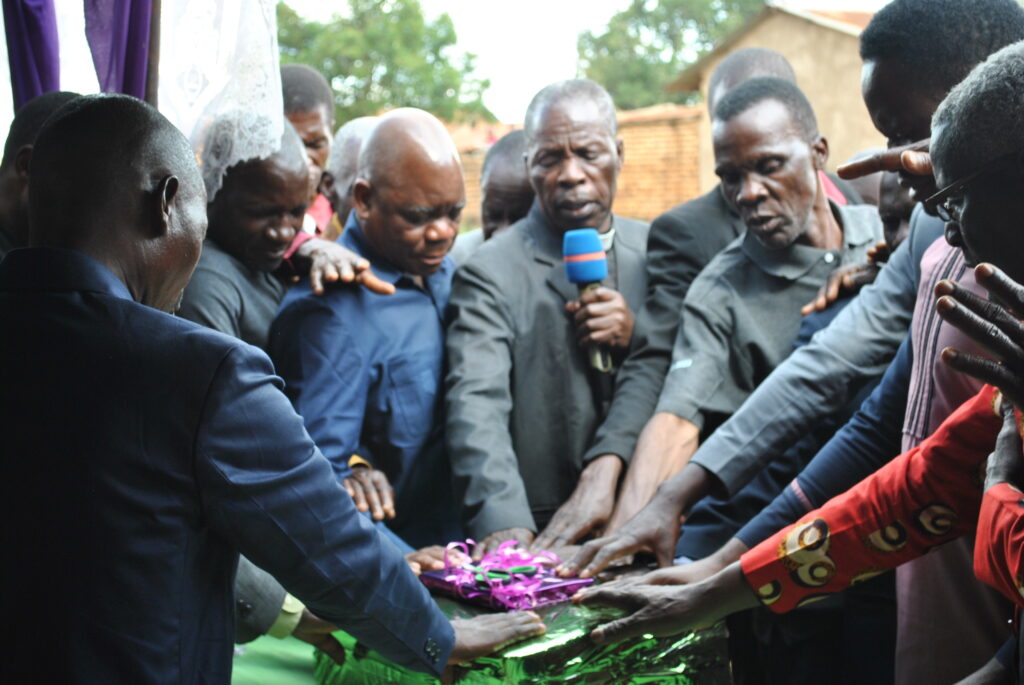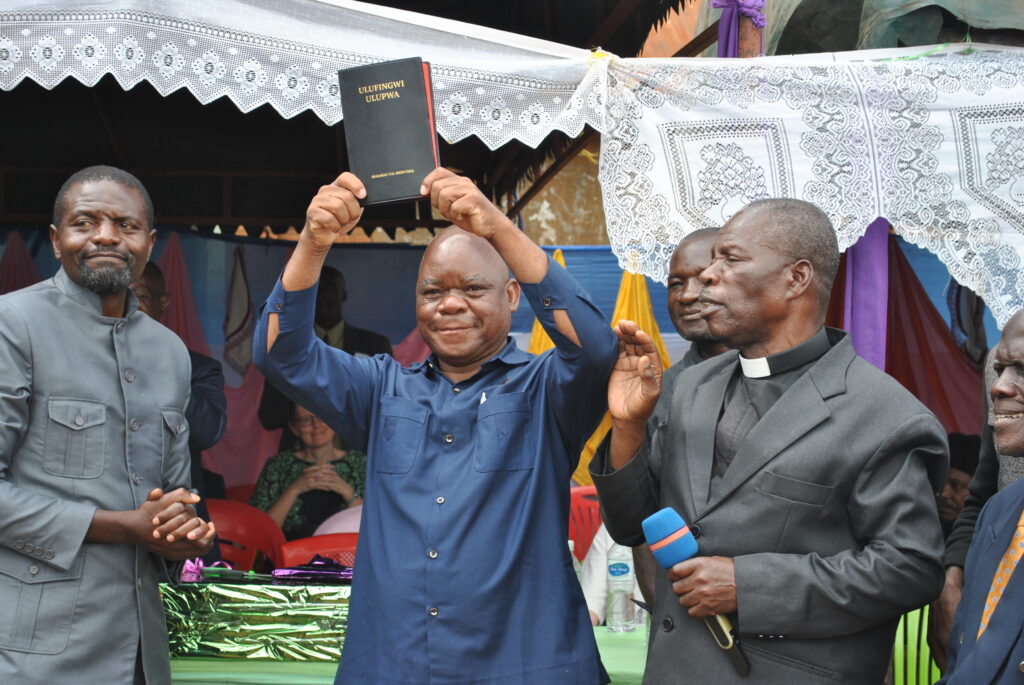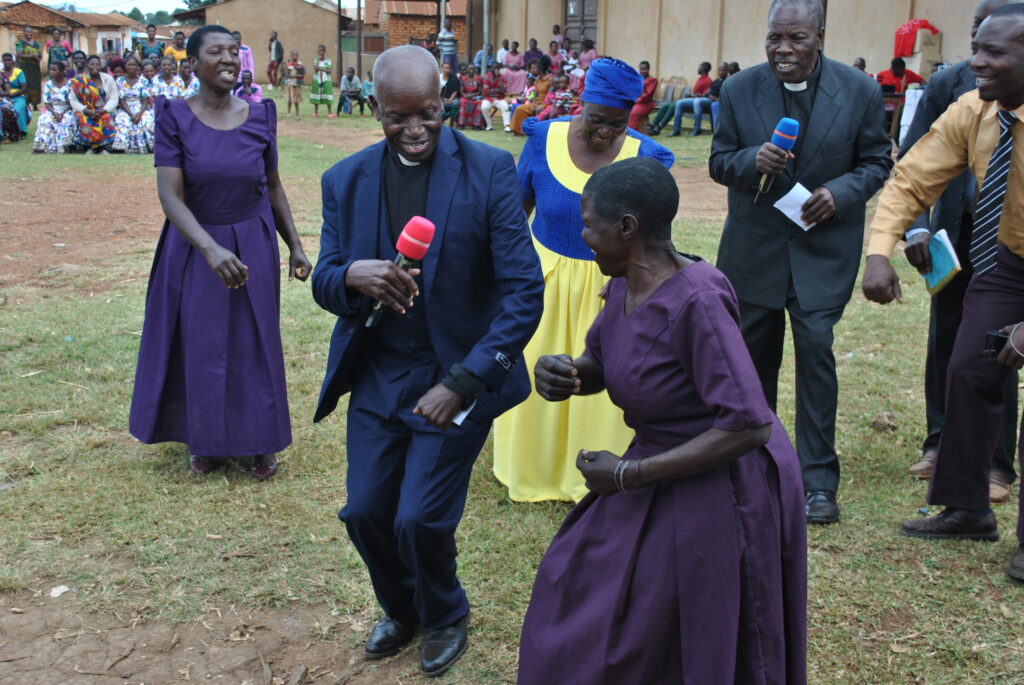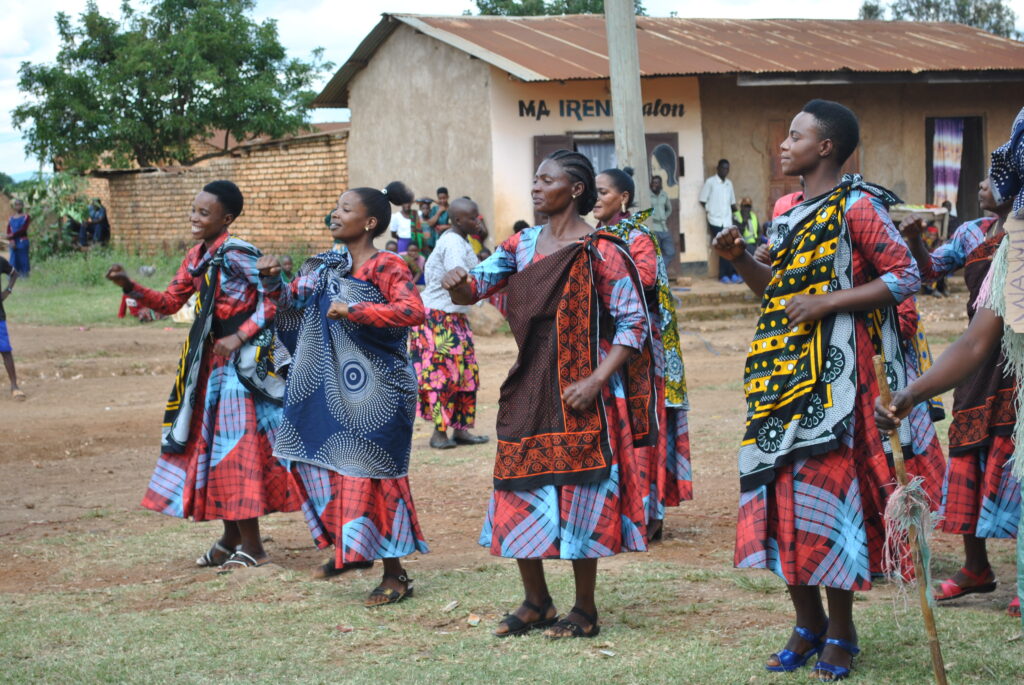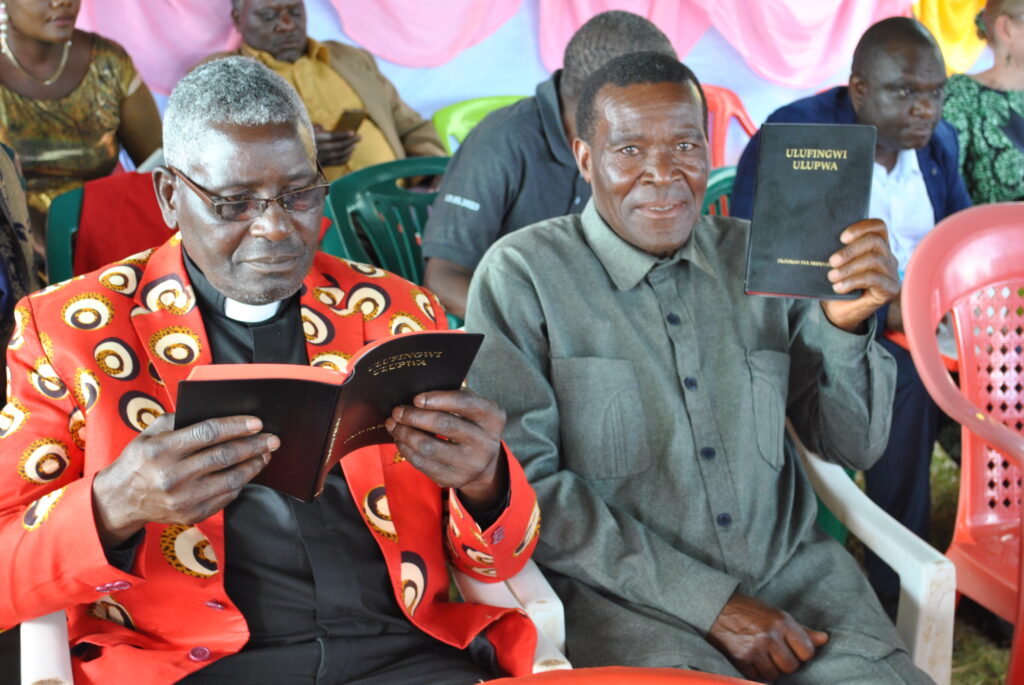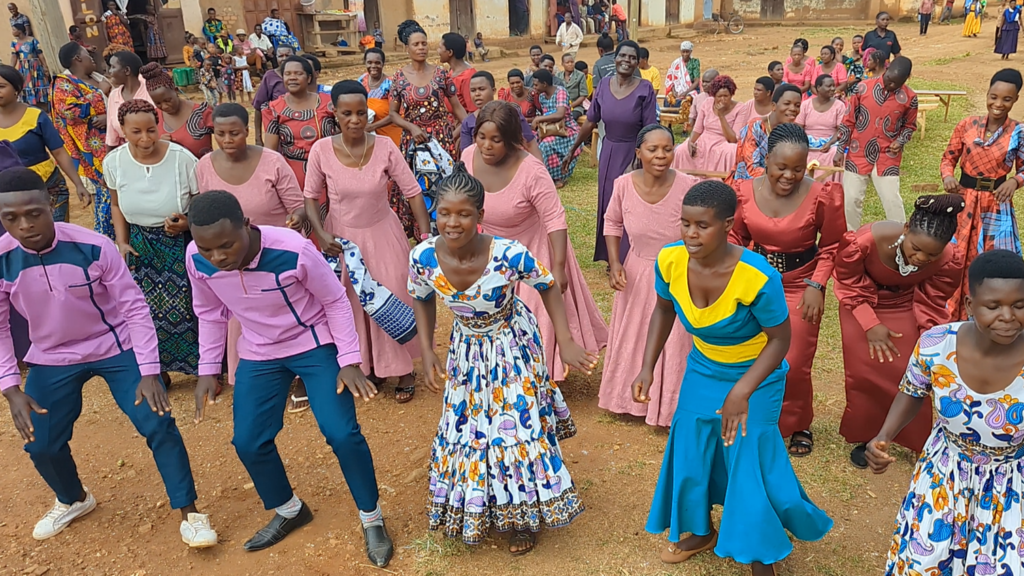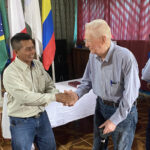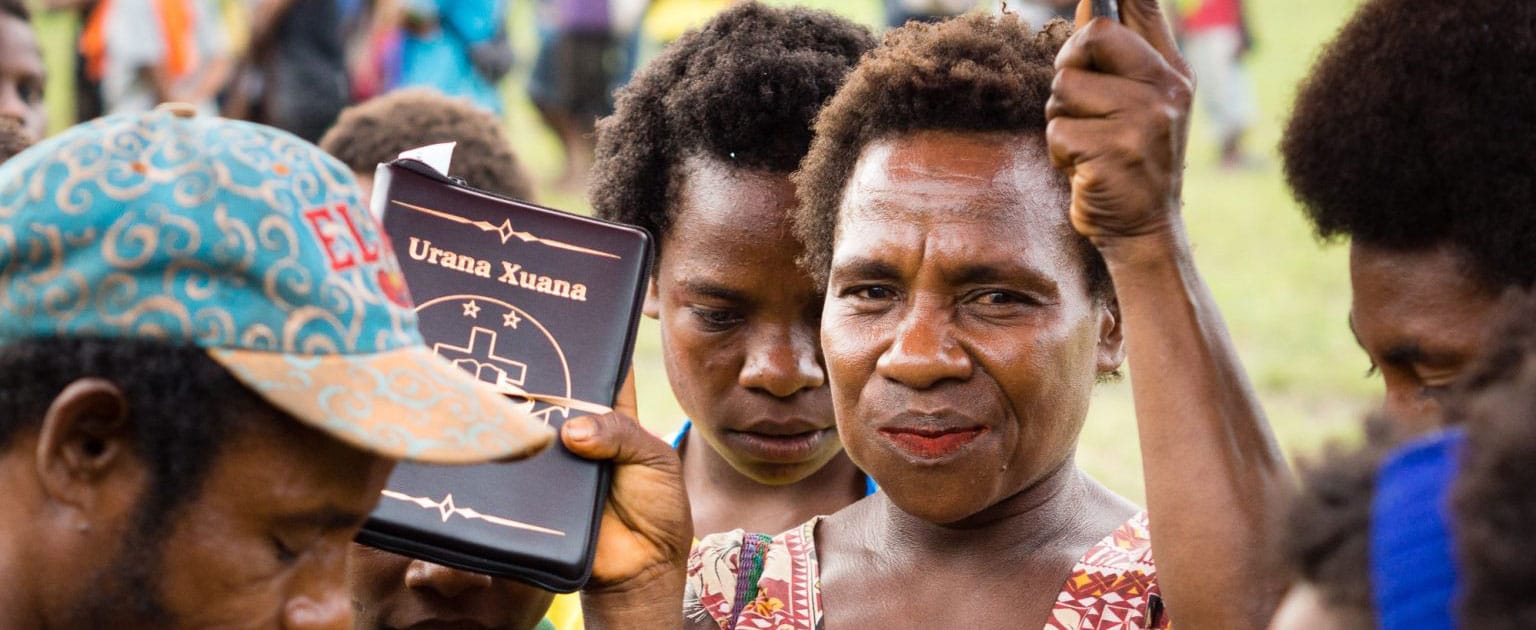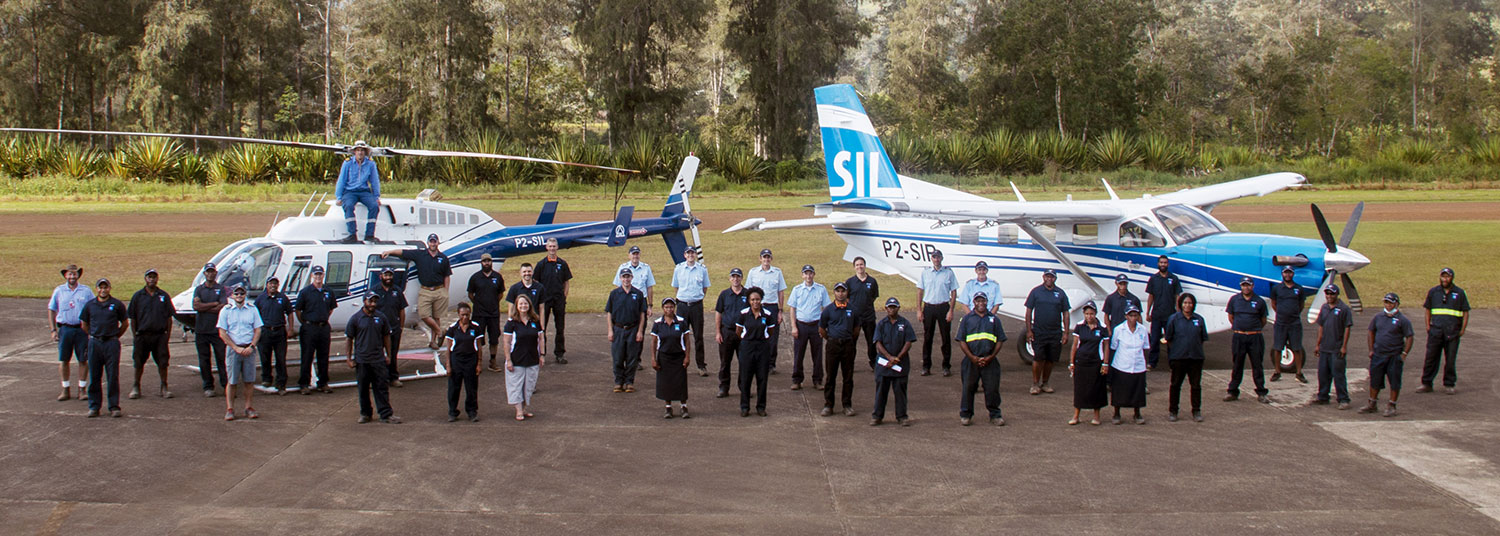JAARS Flight Consults
Flight consult? What’s that? Merriam-Webster tells us consult means “to get or ask advice from” or to “advise professionally.”

Flight consults have been around for a very long time in mission aviation. JAARS Aviation first offered flight consults in the mid-1960s. JAARS pilot Merrill Piper traveled across the United States giving consults to prospective mission airmen, regardless of which mission organization they were planning to join.
My mission pilot career is due in part to a flight consult I received in August 1968 from Missionary Aviation Fellowship (MAF). I was joining MAF as a maintenance specialist and had yet to try flying because of the cost. Concerned that when I got to the field, I might be hanging around the hangar door wishing I was flying, MAF encouraged me to get a private license. Then when I completed 70 flight hours, they gave me a flight consult and determined that I should continue flight training. This consult with a professional mission agency gave me the encouragement I needed to continue to fly.
Flight consults are basically used in two ways. In my case, that flight consult helped determine that I should continue past my current skill level toward advanced ratings and eventual mission service. At JAARS, flight consults primarily focus on determining where pilots are in their training/preparation/experience timeline, compared to where they need to be to qualify for a TE. The TE process will, in turn, indicate whether a pilot can qualify for service in mission aviation.
The JAARS flight consult consists of observation, documentation, and debriefing with very little instruction. First, pilots are asked to design a flight that will best demonstrate their knowledge and skills. A lower time pilot might see the private or commercial maneuvers as important to demonstrate, whereas an experienced pilot with 135 or 121 time might think that IFR operations are appropriate to demonstrate. After reviewing the flight plan, the pilot giving the consult might ask permission to include an item or two. For the most part, however, the planning and execution of the flight are up to the pilot taking the consult. This format catches some pilots off guard as they are expecting more instruction or even a check ride-like flight during the consult.
If a pilot has already prepared a flight plan before arriving for the consult (perhaps due to time constraints), the consultant will have that pilot review everything that went into that plan prior to the flight.
The consultant pilot observes the entire process of the flight—from the planning stage through pre-flight, to the flight itself, to securing the aircraft—and provides the pilot with written observations documented during the flight. This input, based on the JAARS-developed Knowledge Skills and Attributes (KSA), is straightforward feedback on areas that are well in hand as well as areas of needed growth. All of this is done with the view of helping prospective pilots improve their flying so they can qualify for service in mission aviation.
A consult completed early in a pilot’s training, say at the private-pilot level, and then again after the pilot obtains a commercial license is one of the best ways to make sure that a prospective mission pilot is on the right track. A flight consult cannot guarantee a successful TE, but it can go a long way in setting the stage for the professional development that leads to a successful career in mission aviation.

